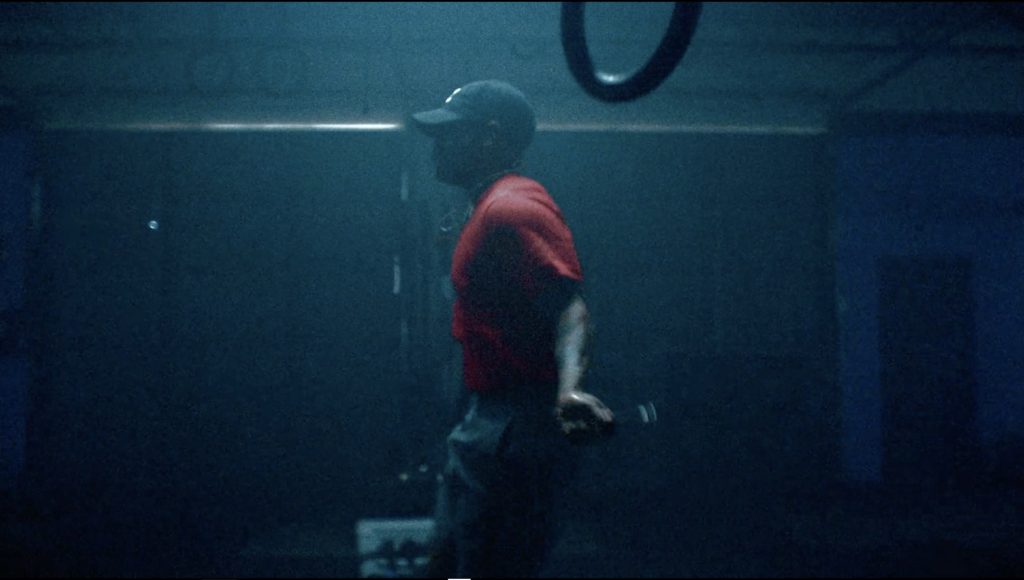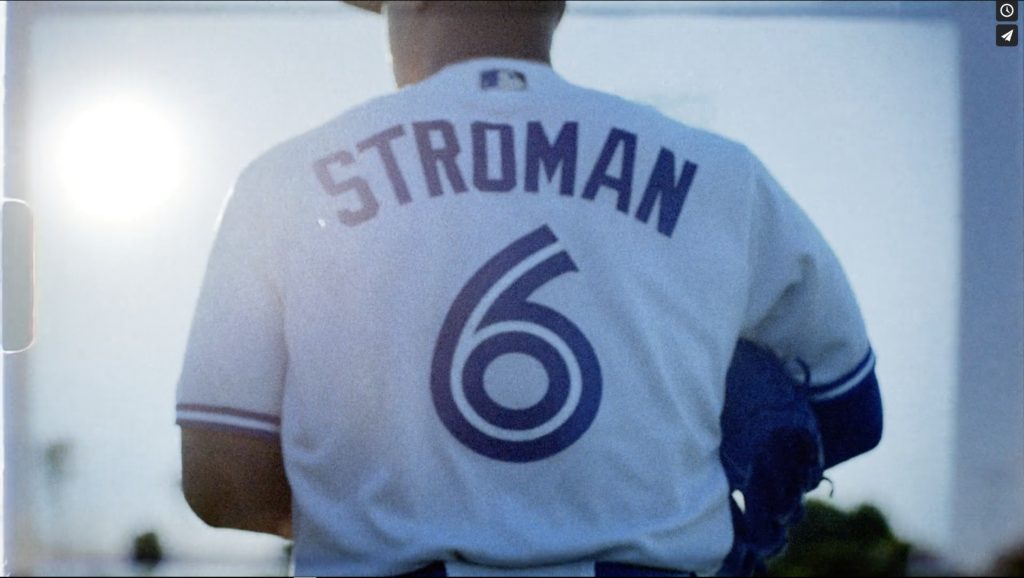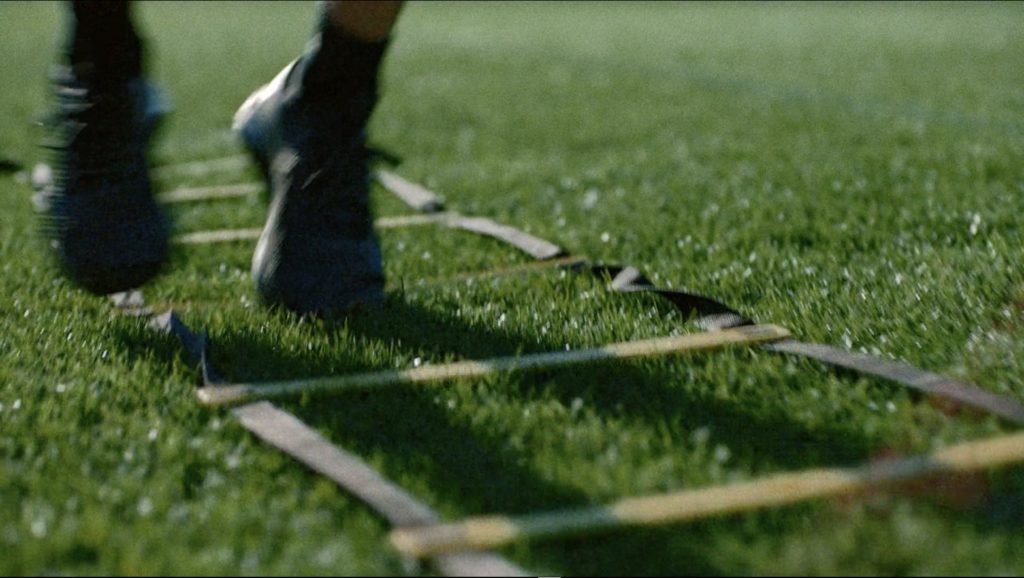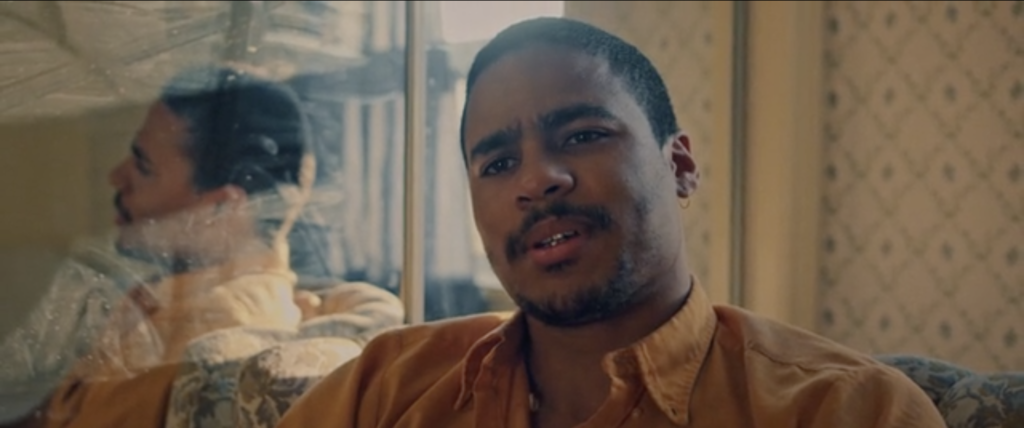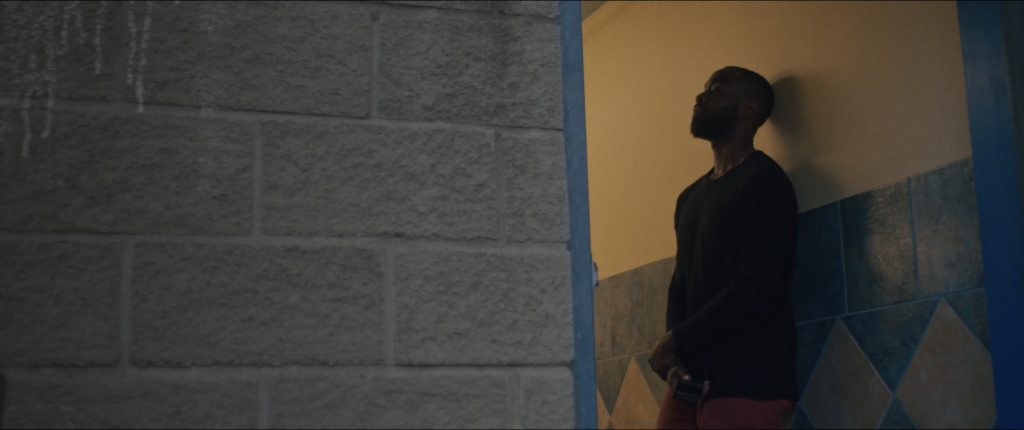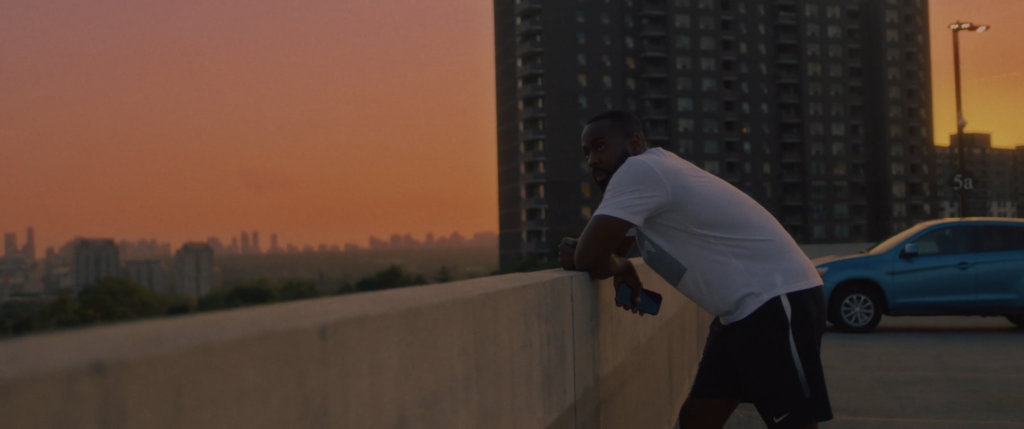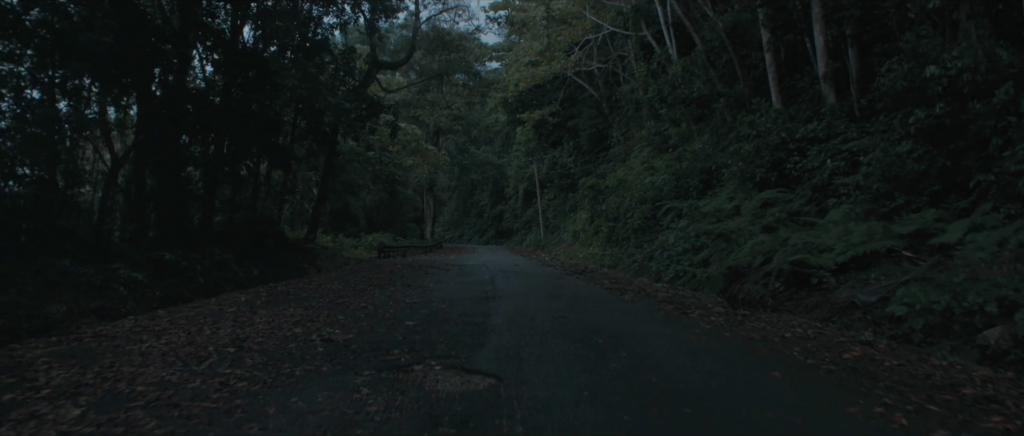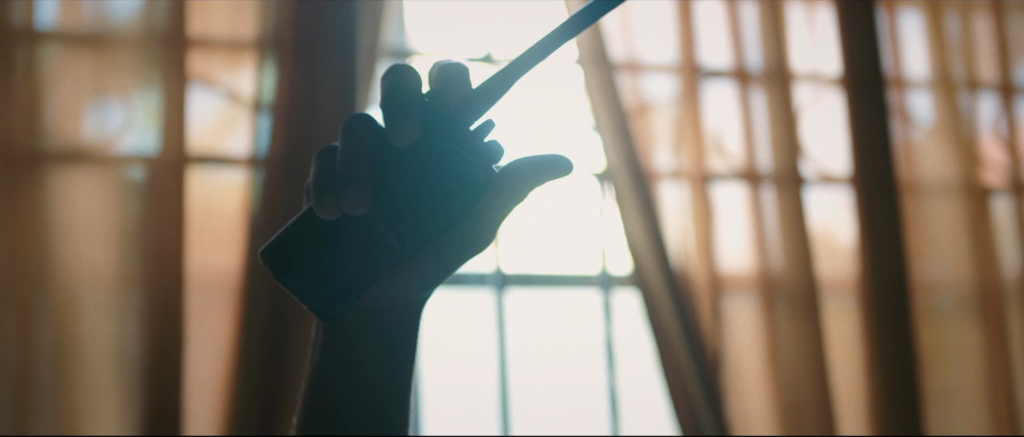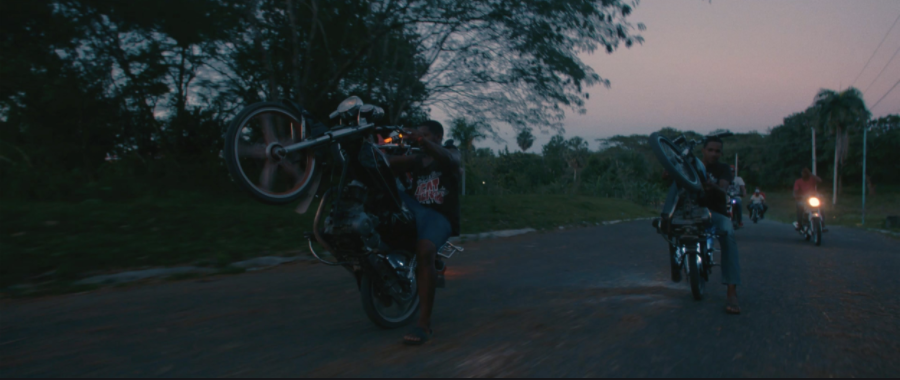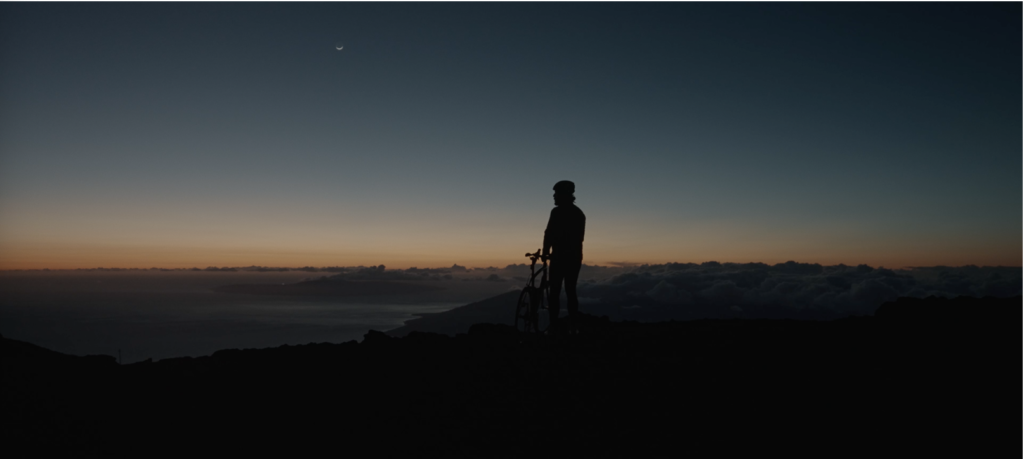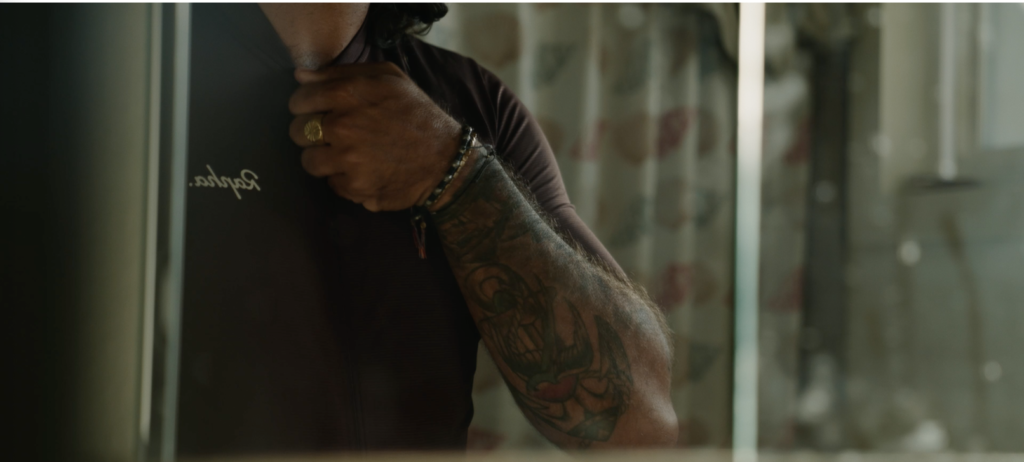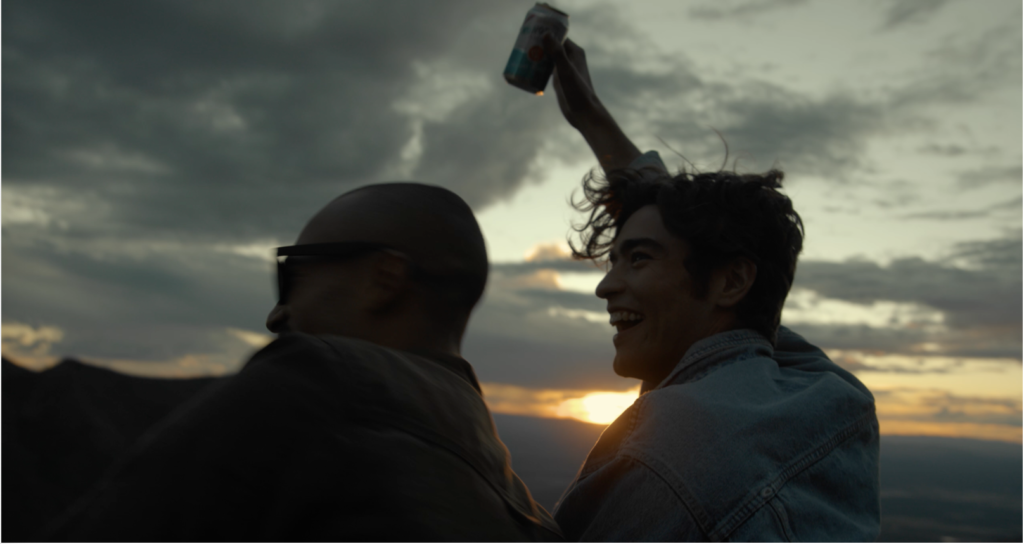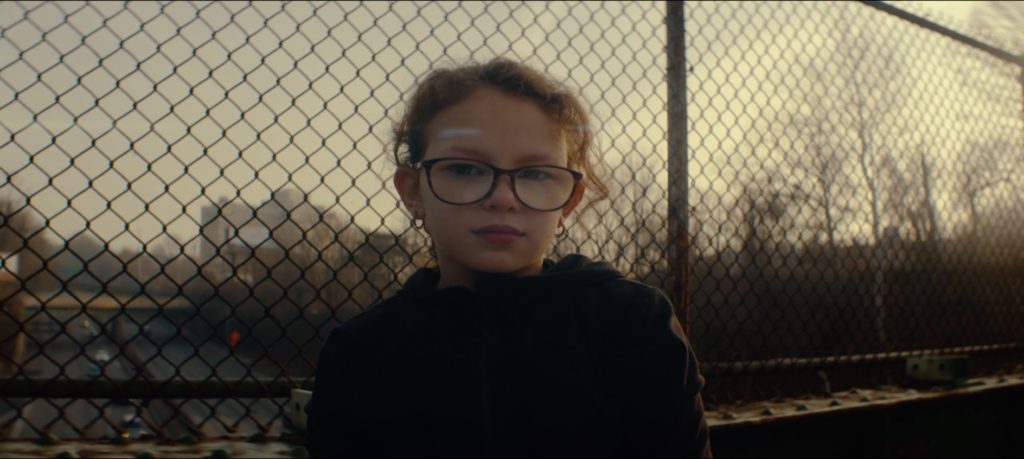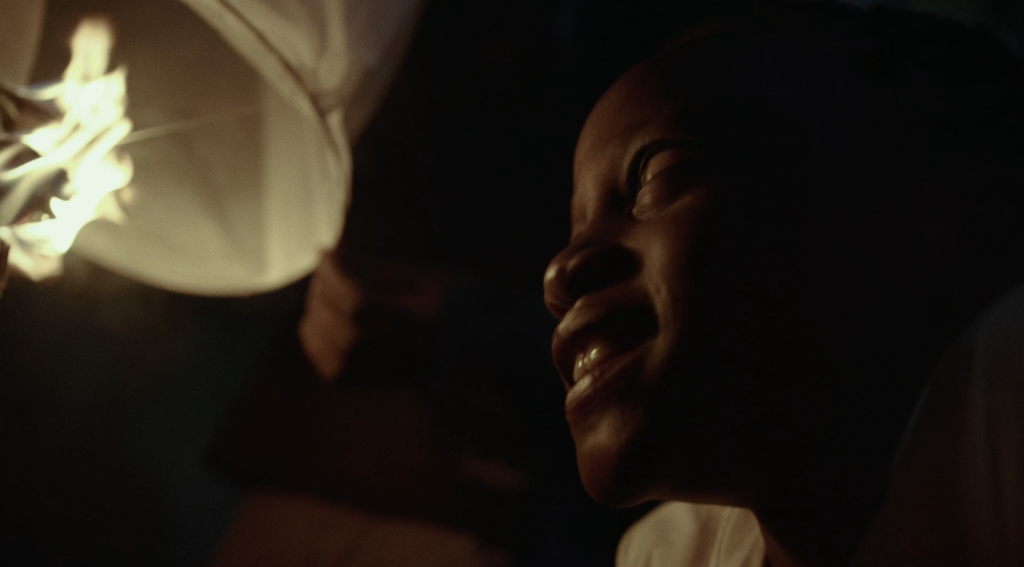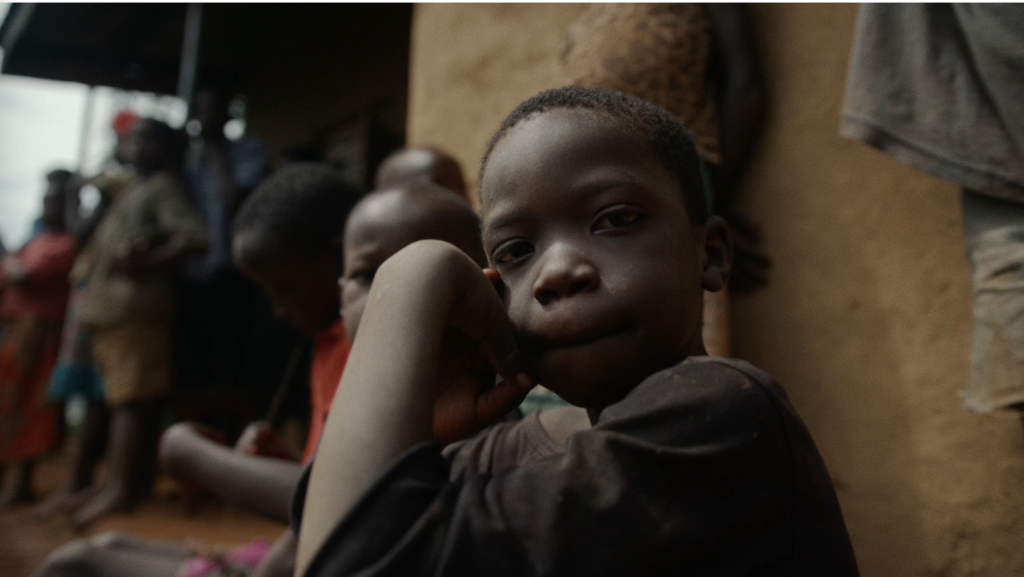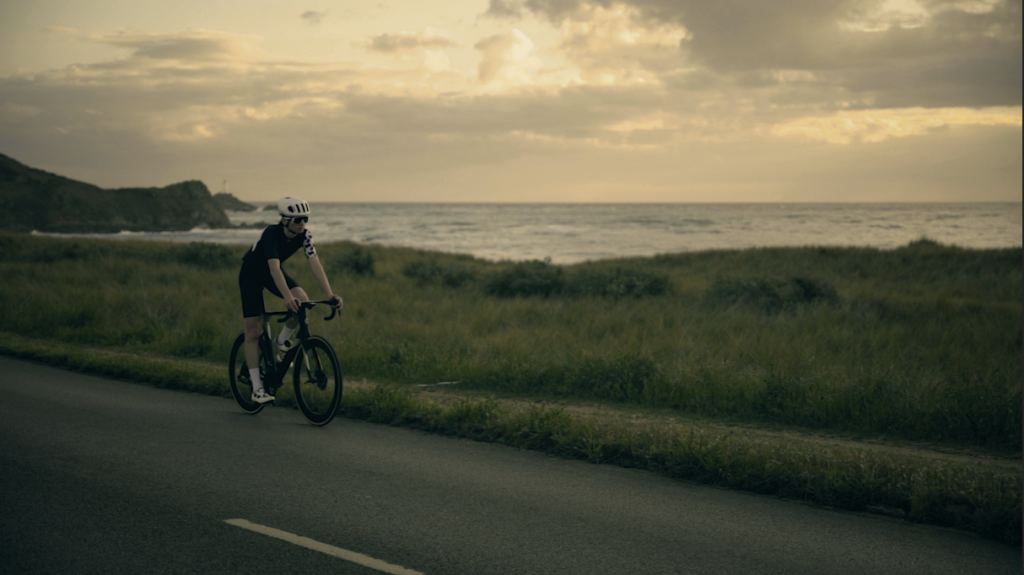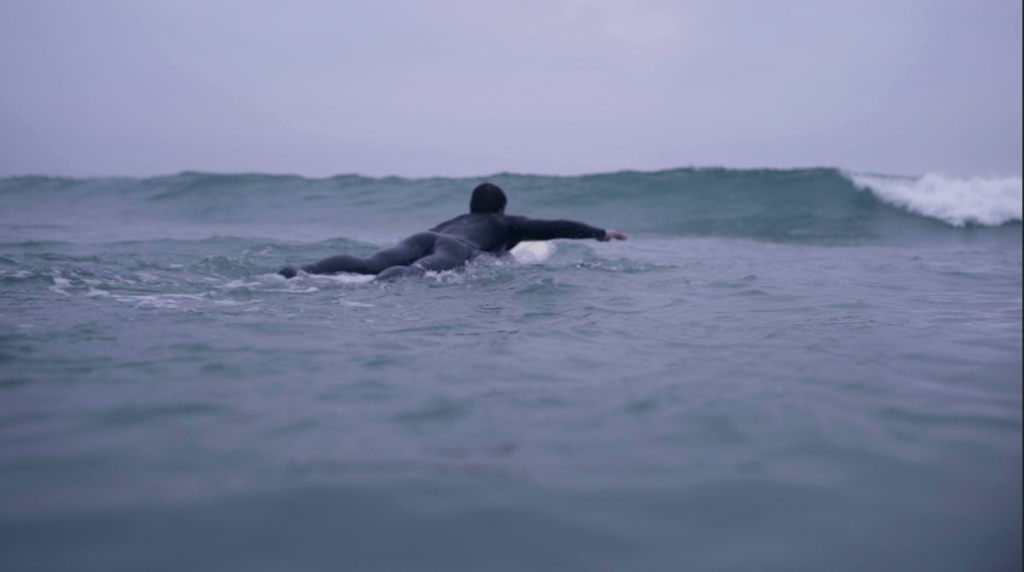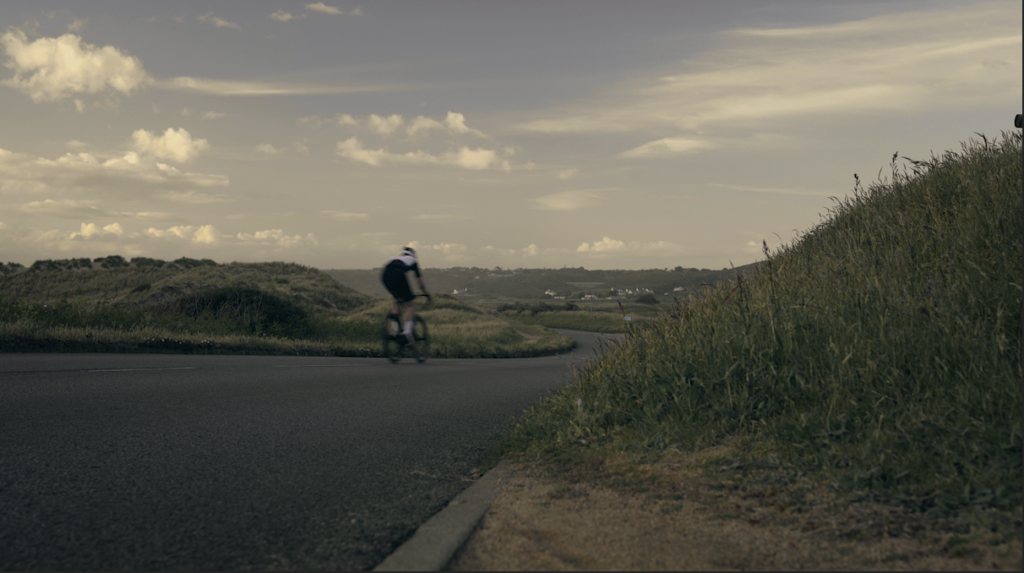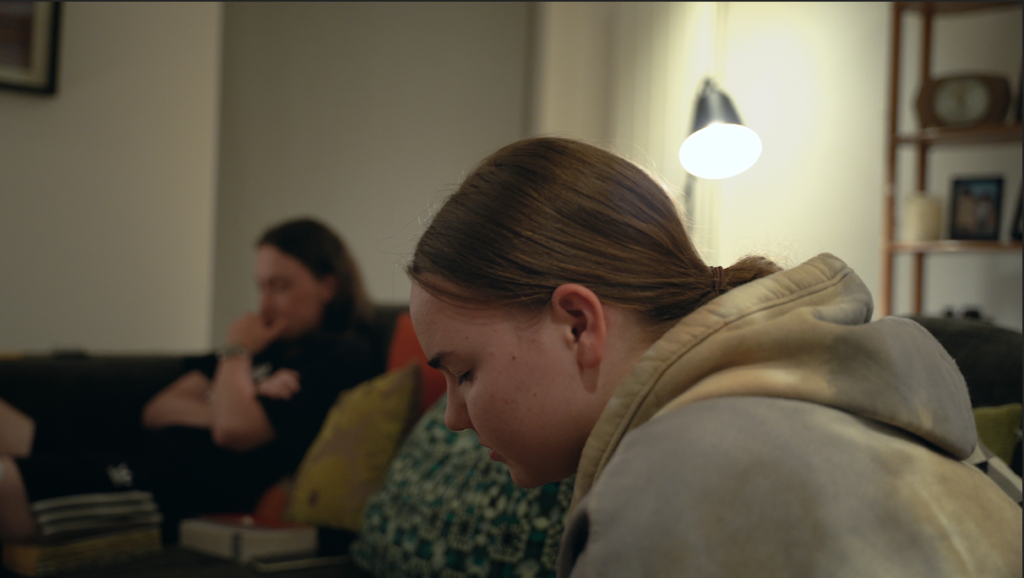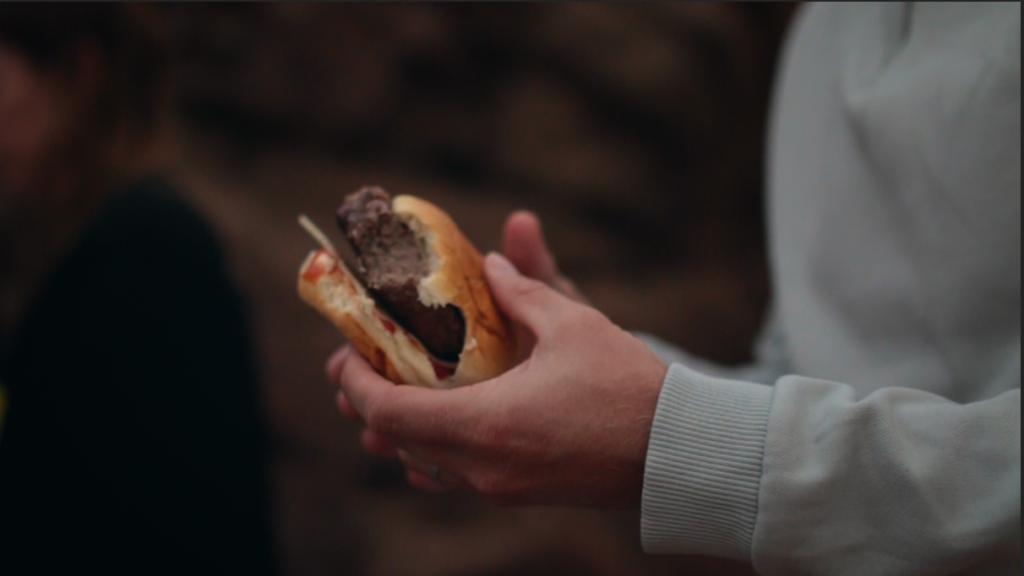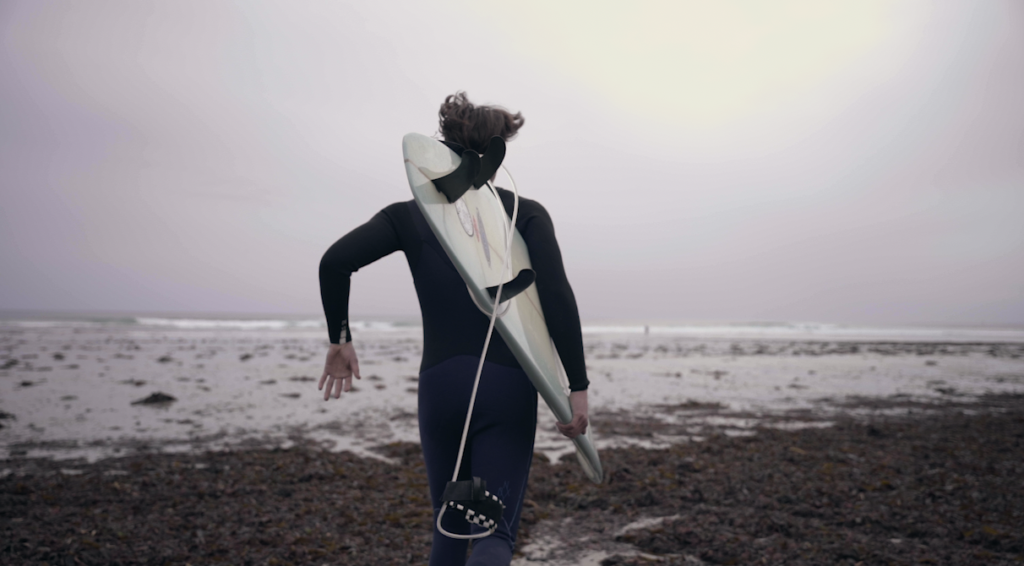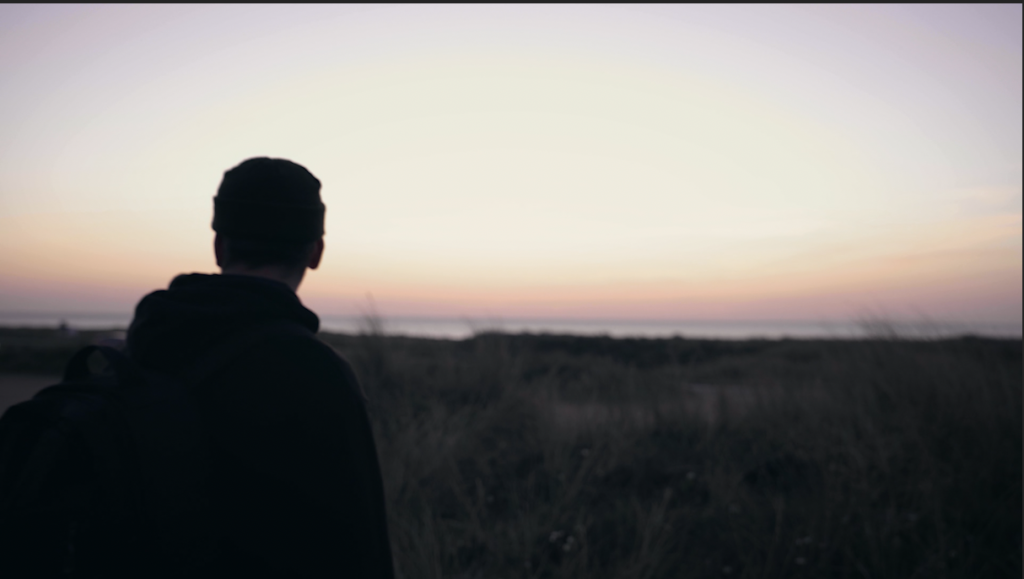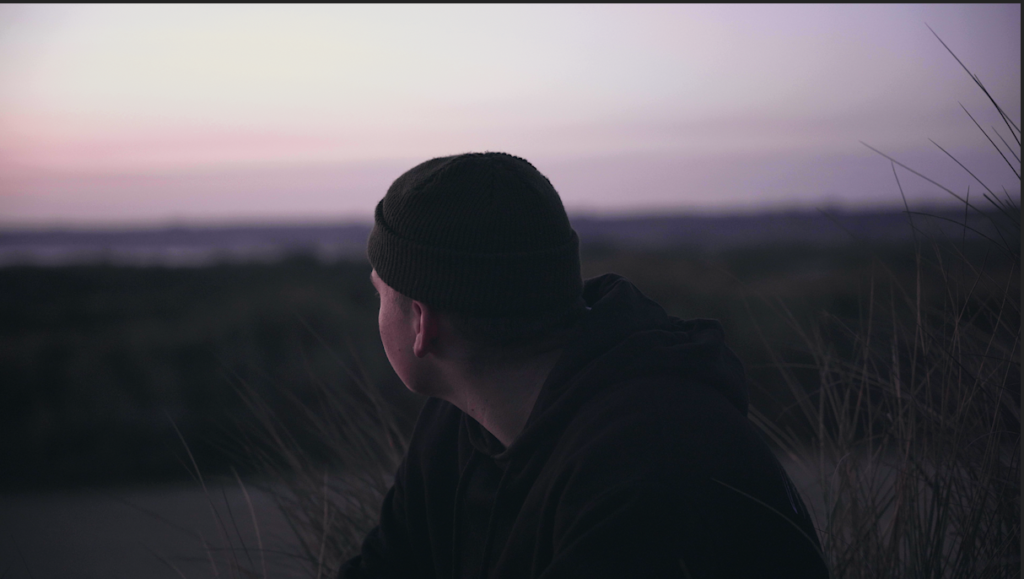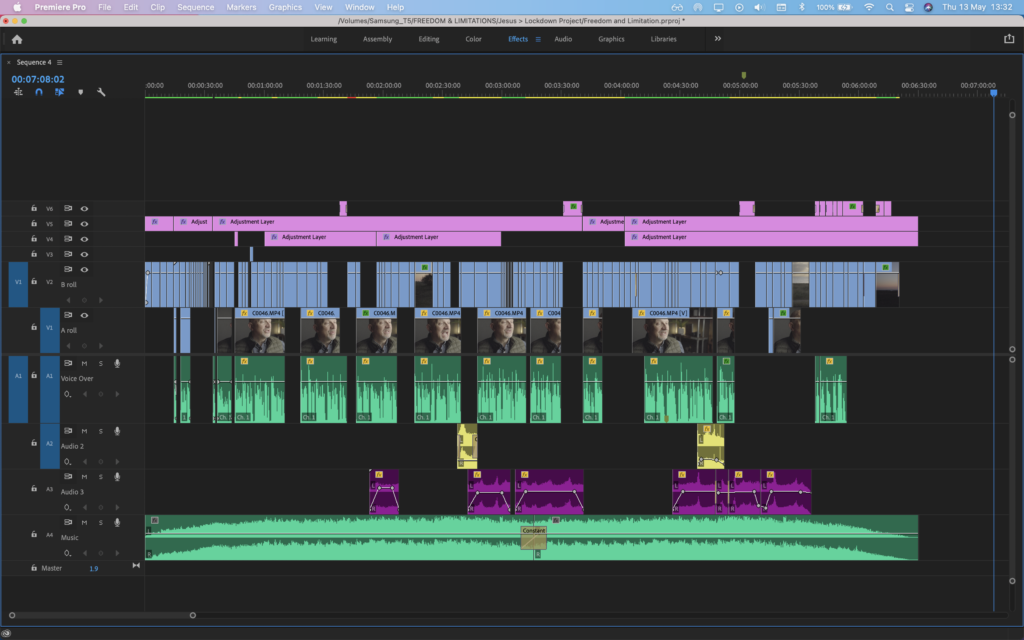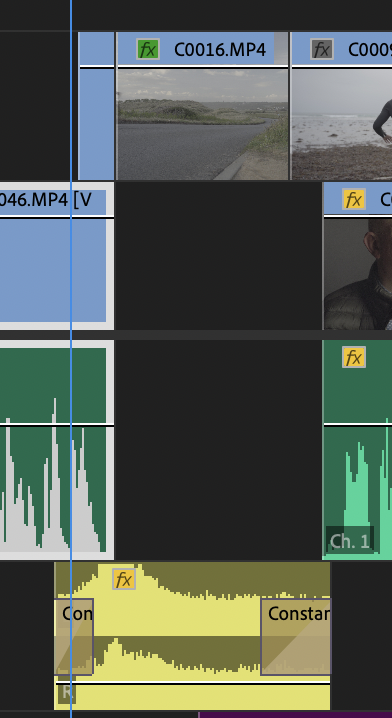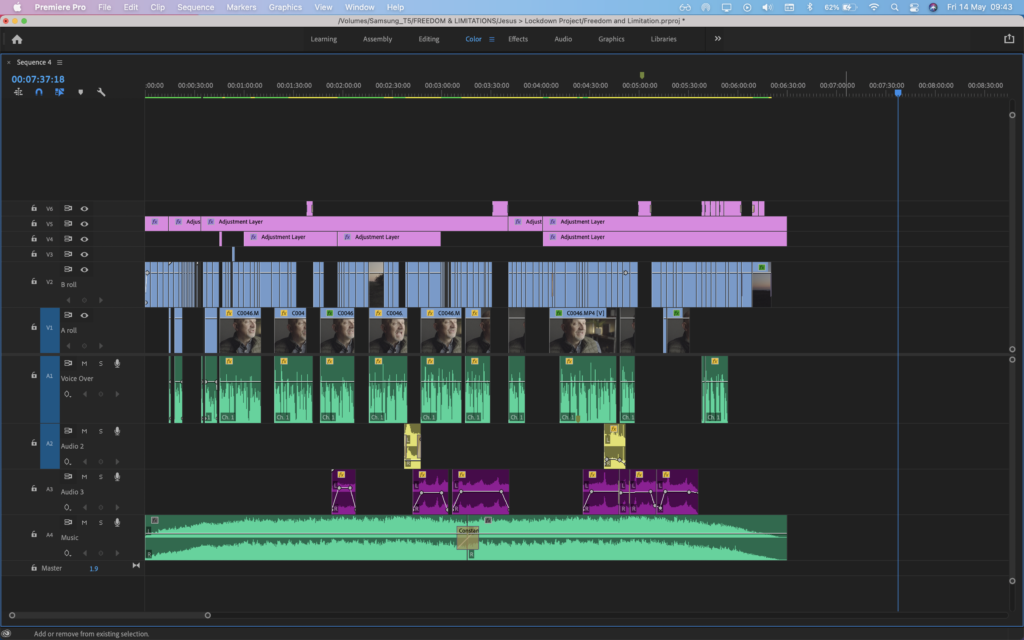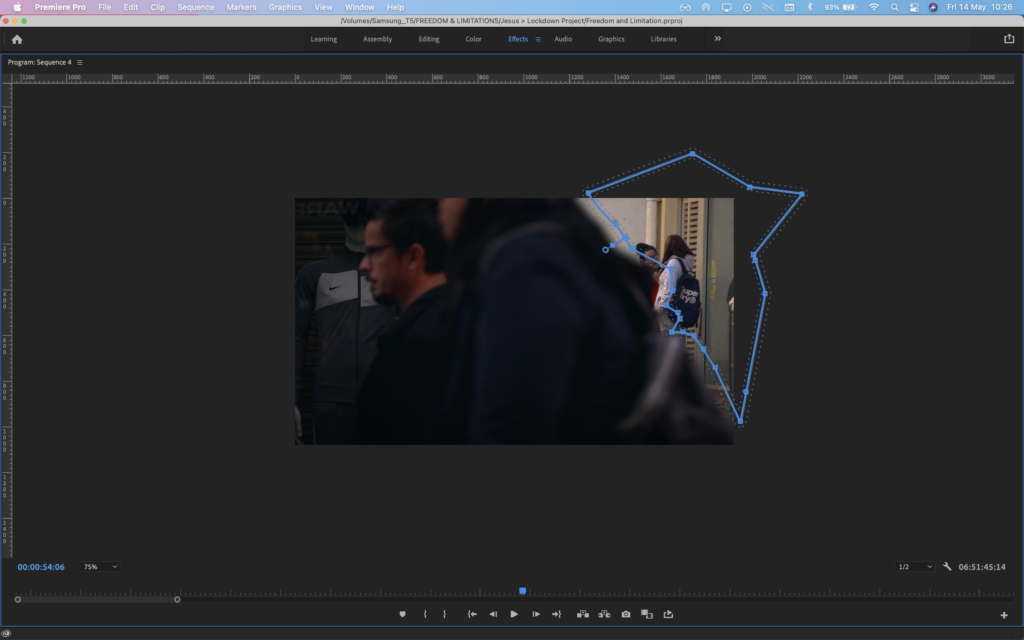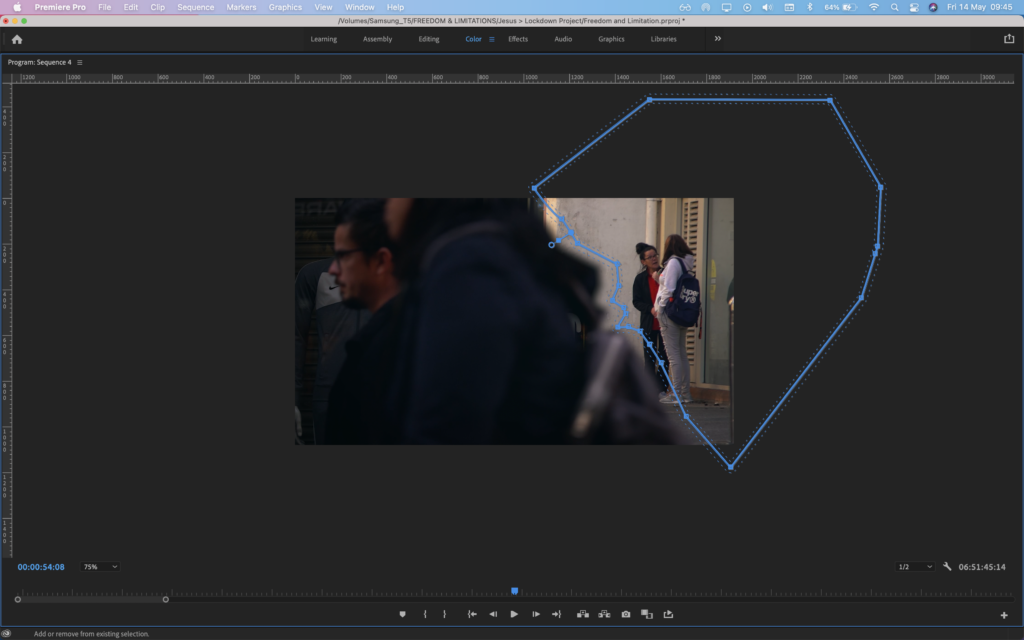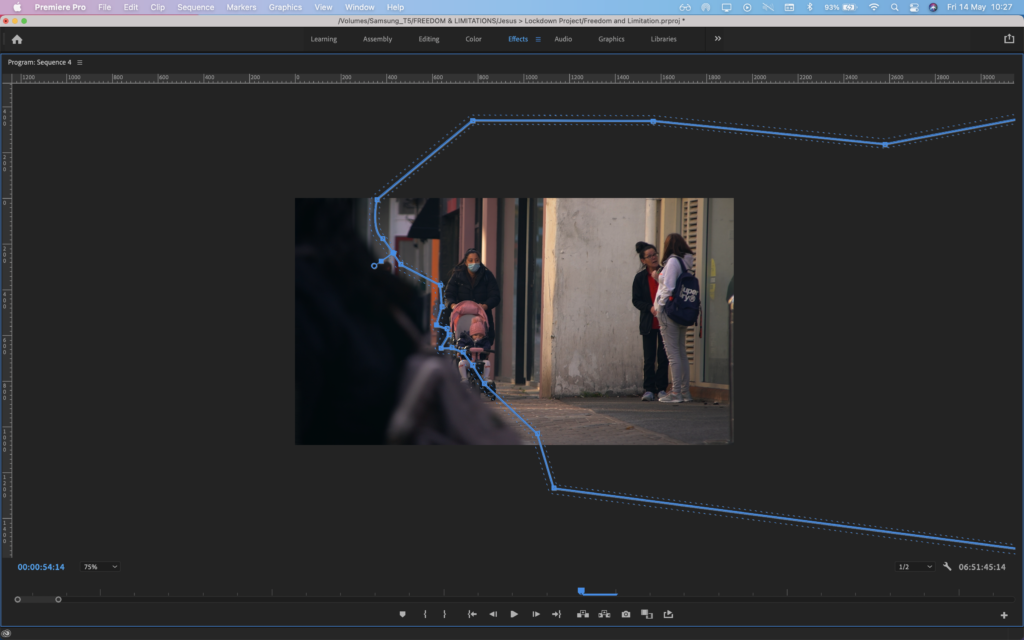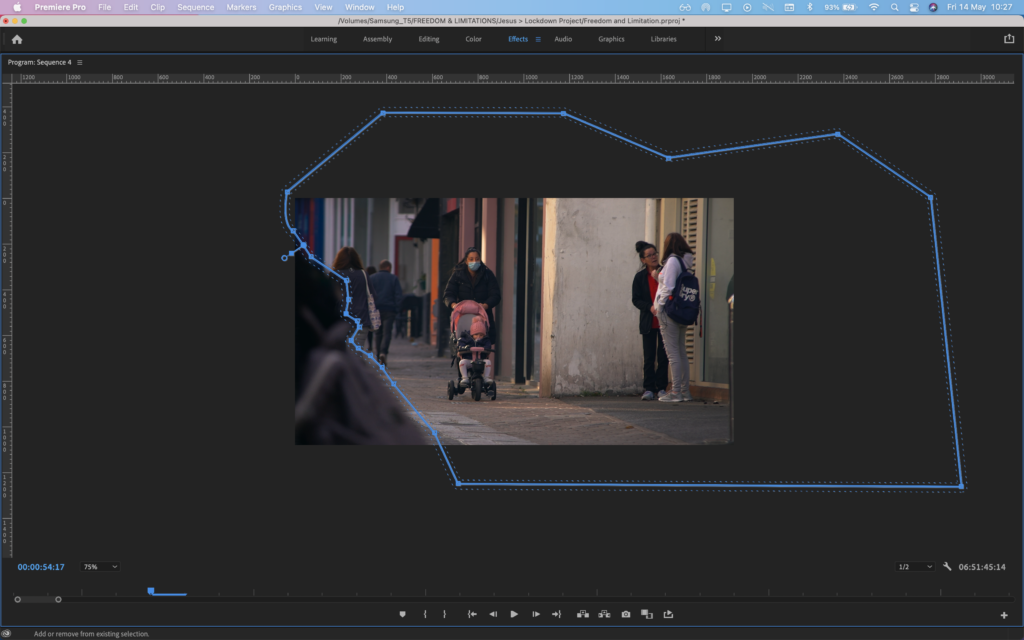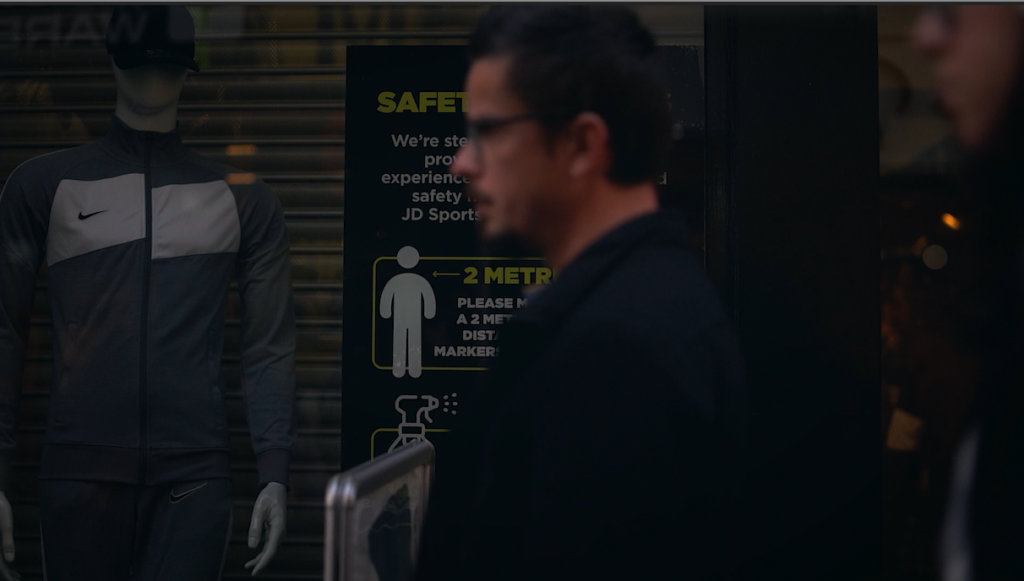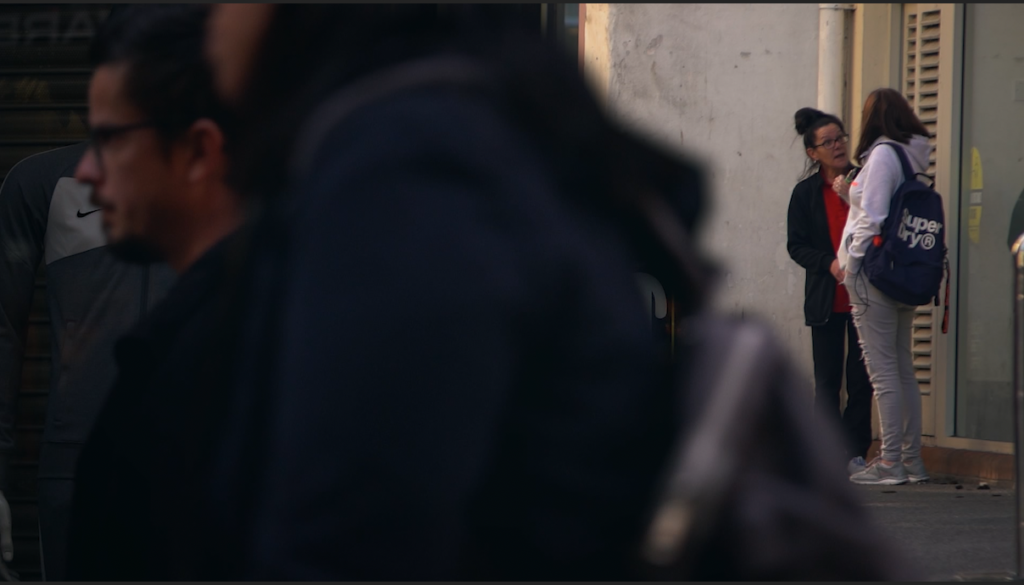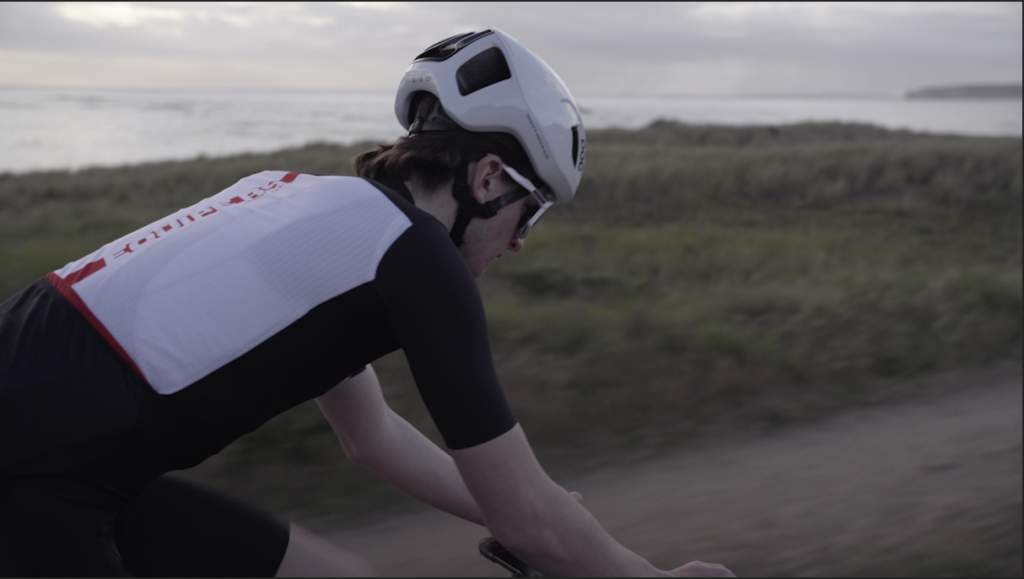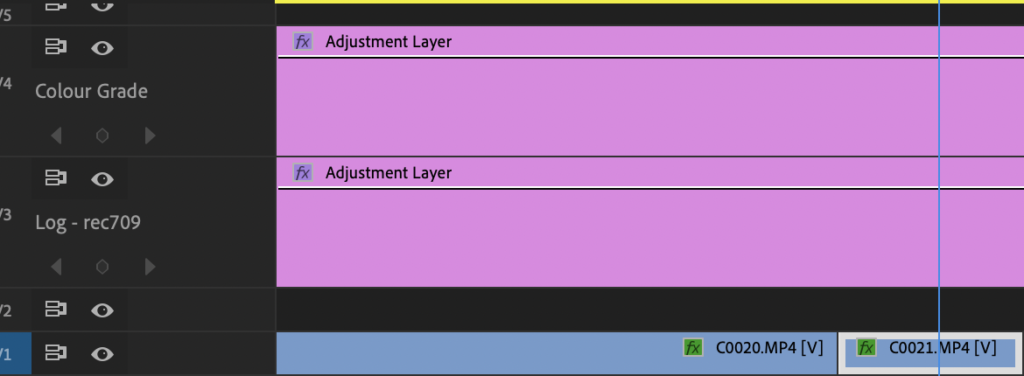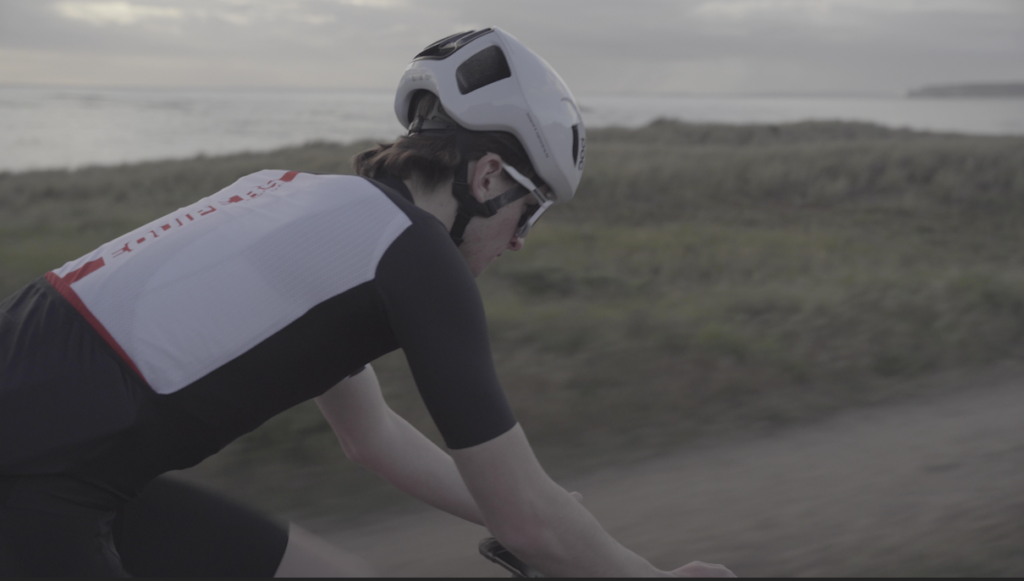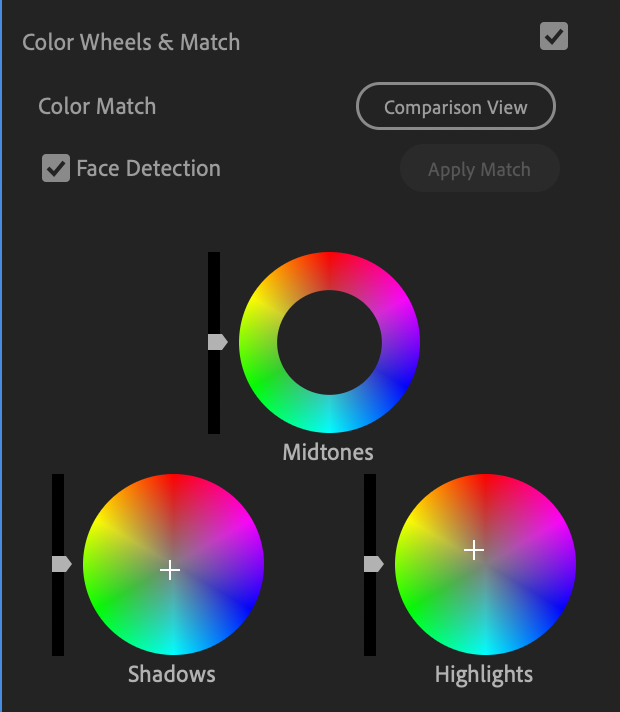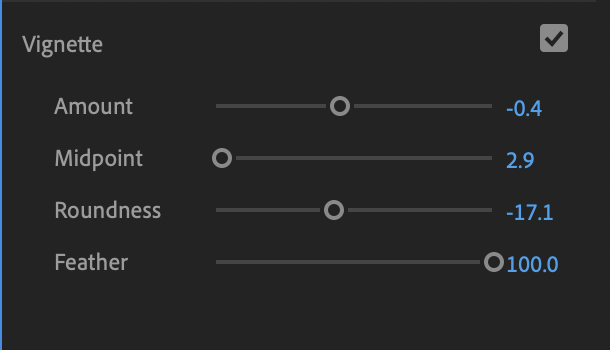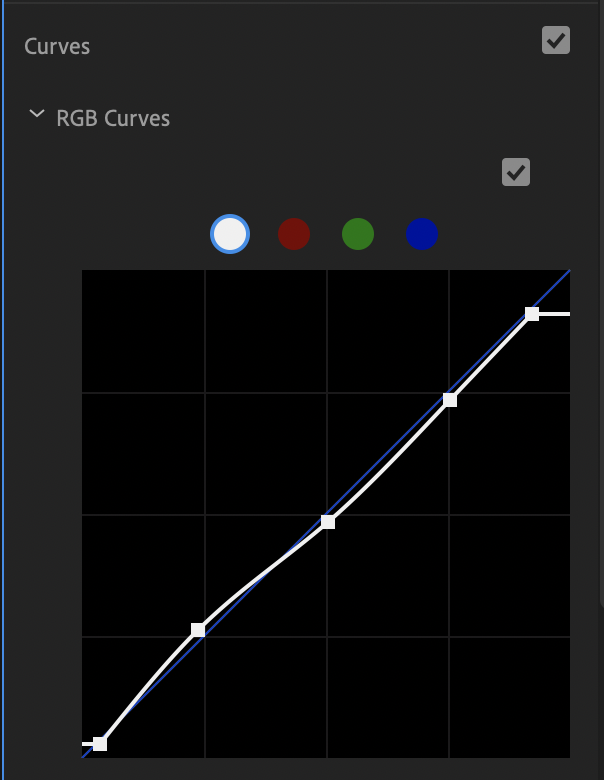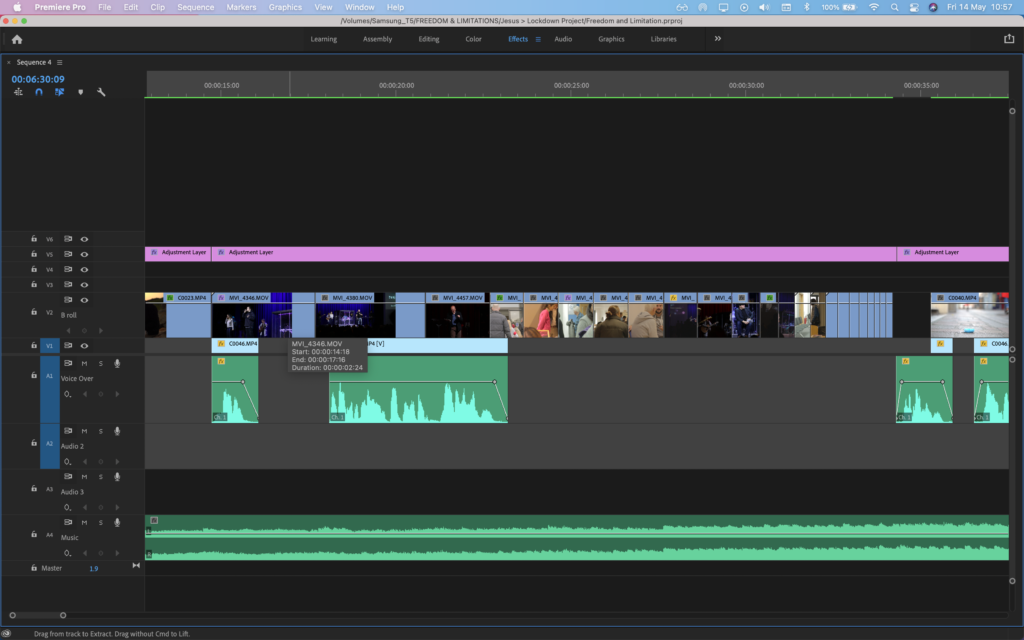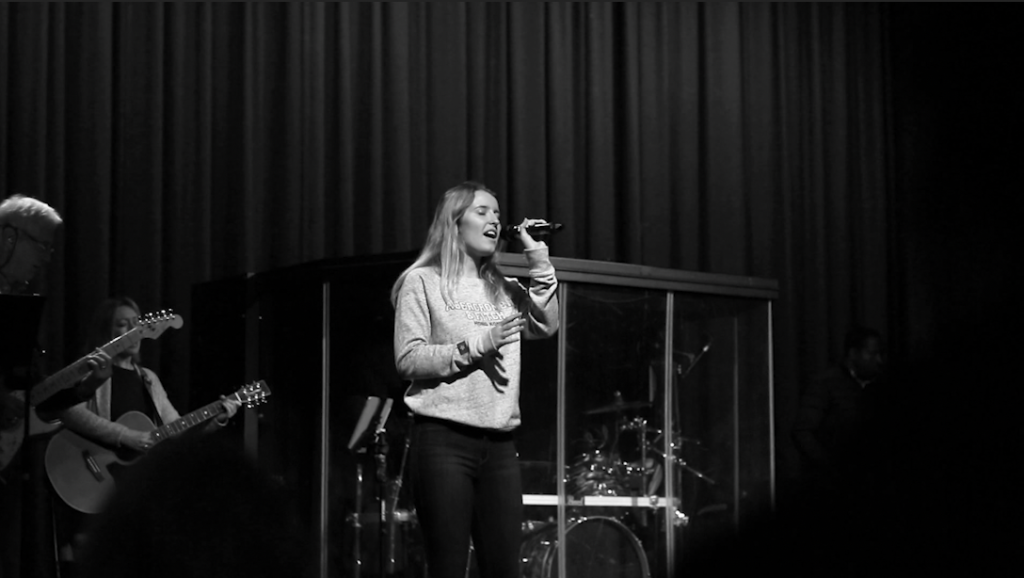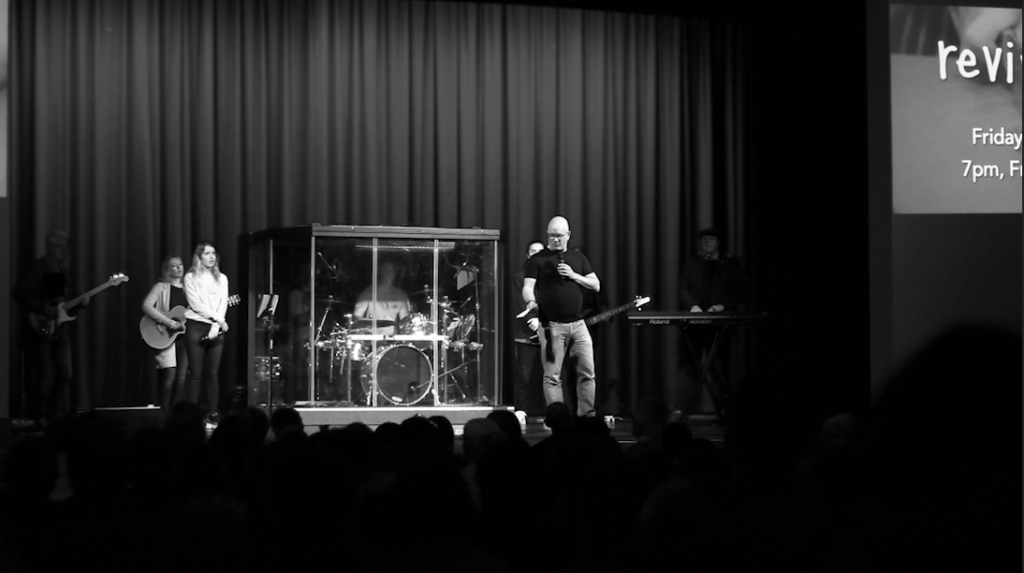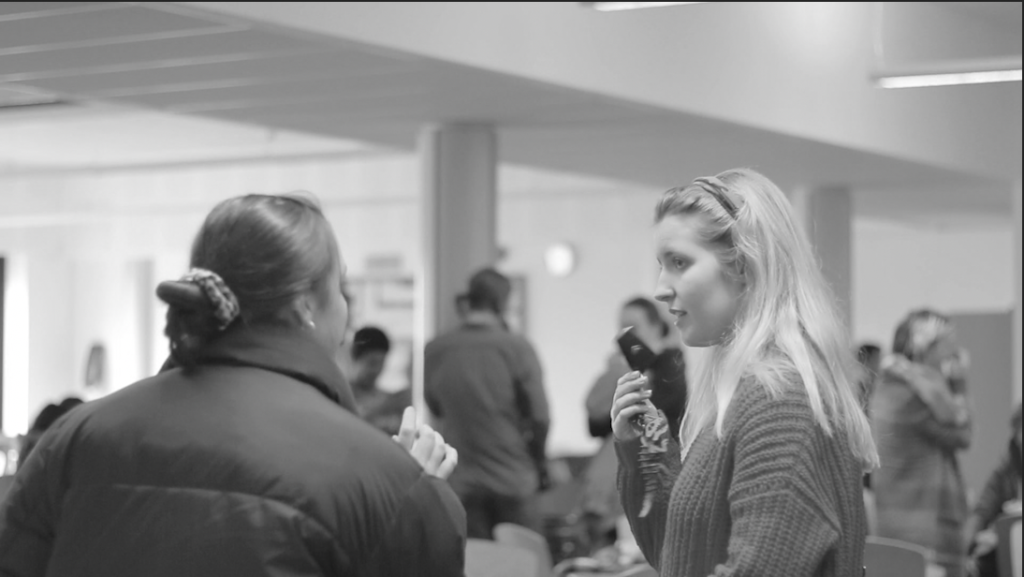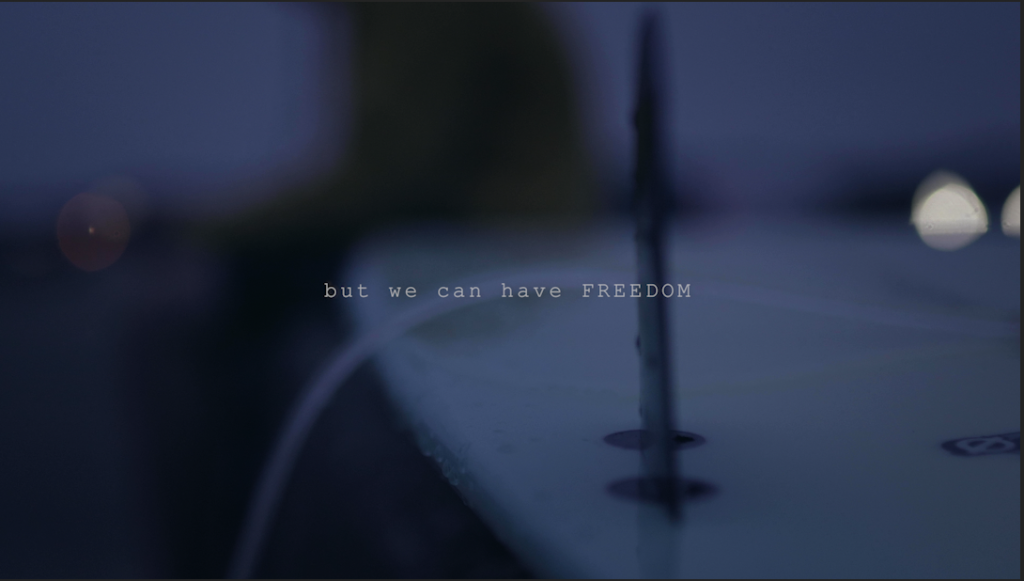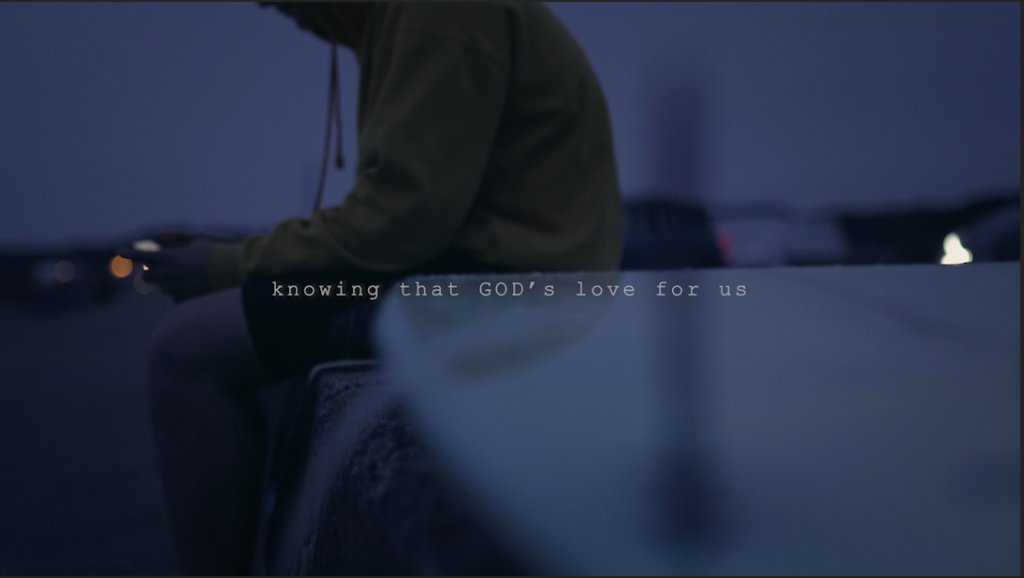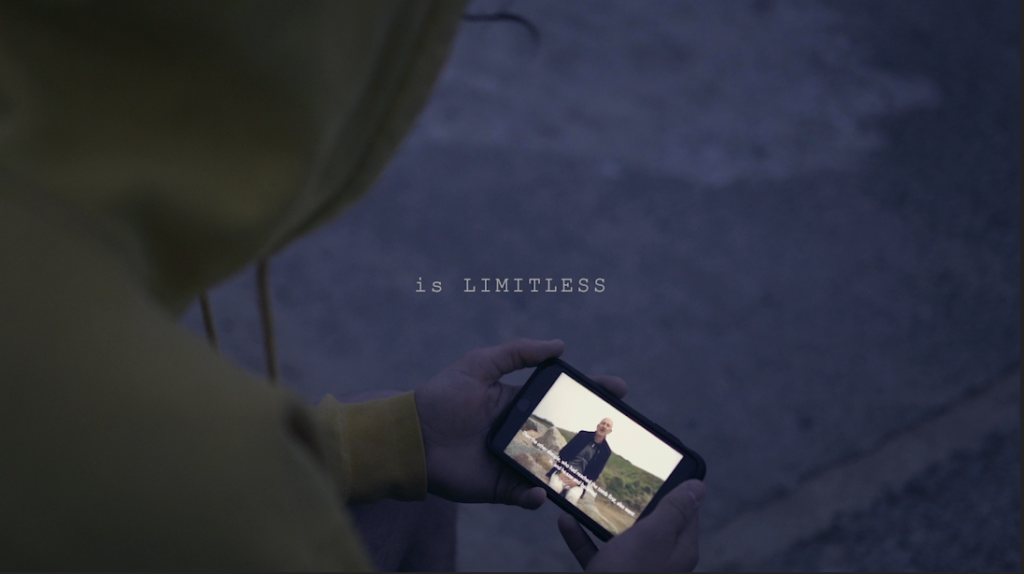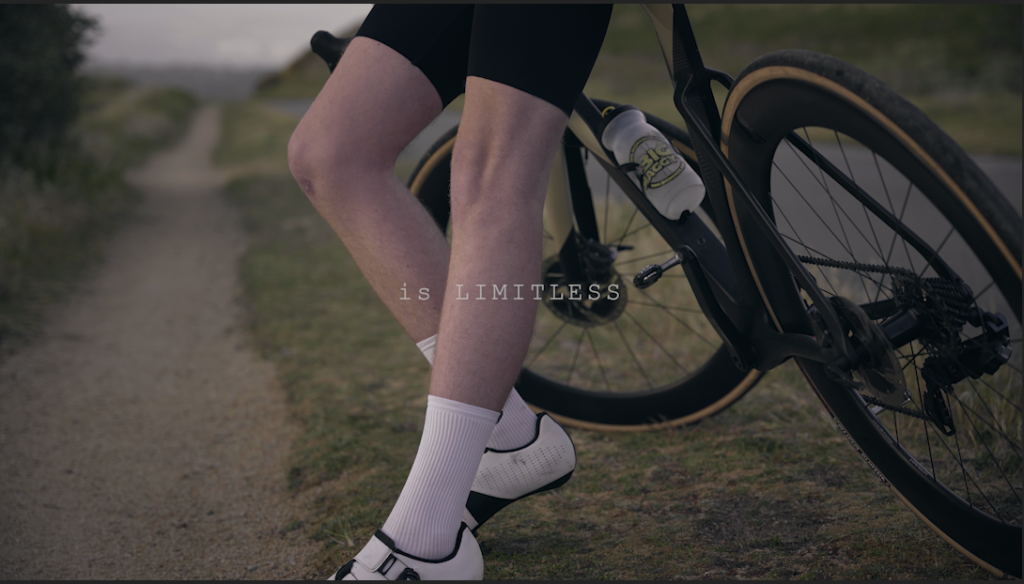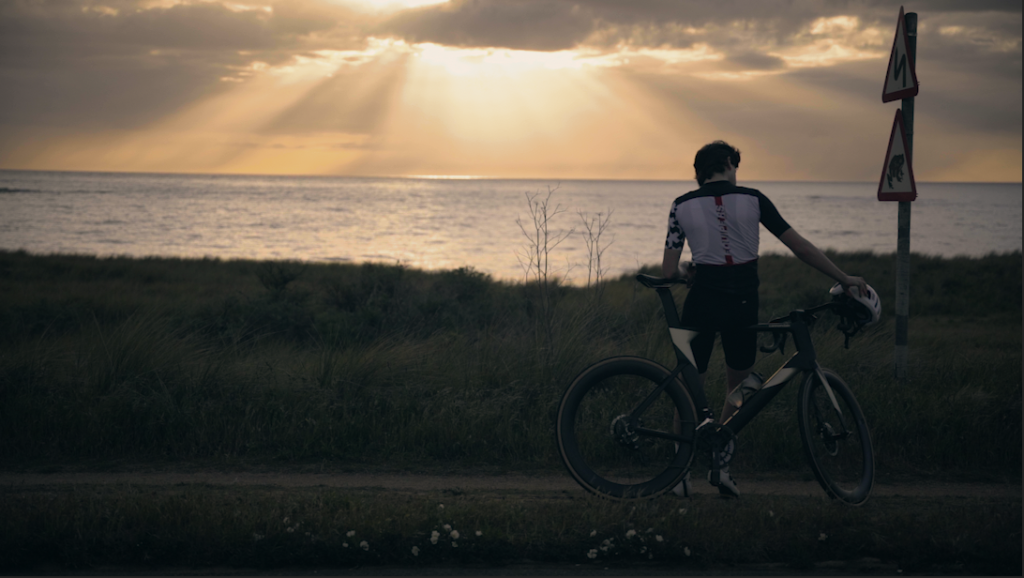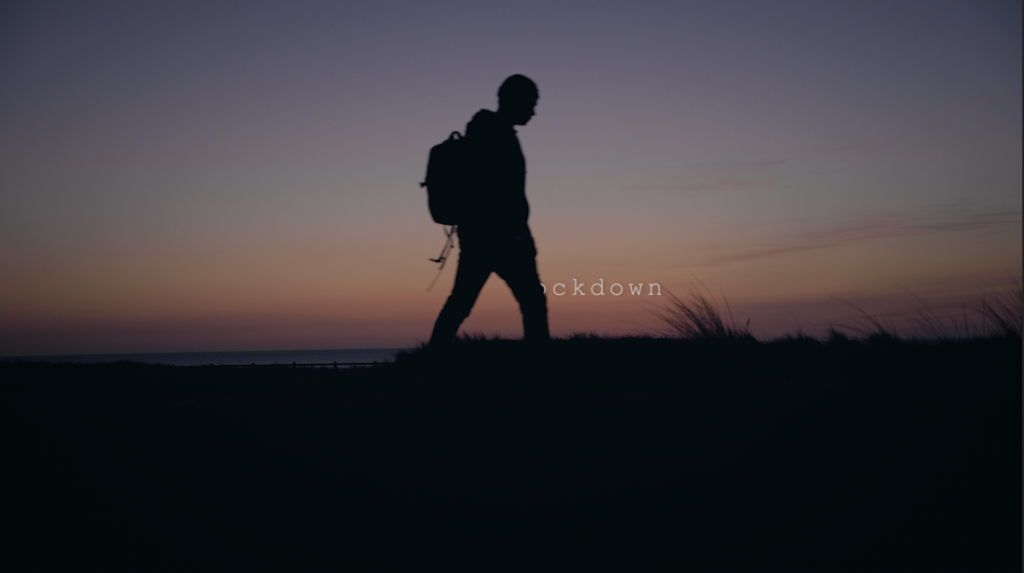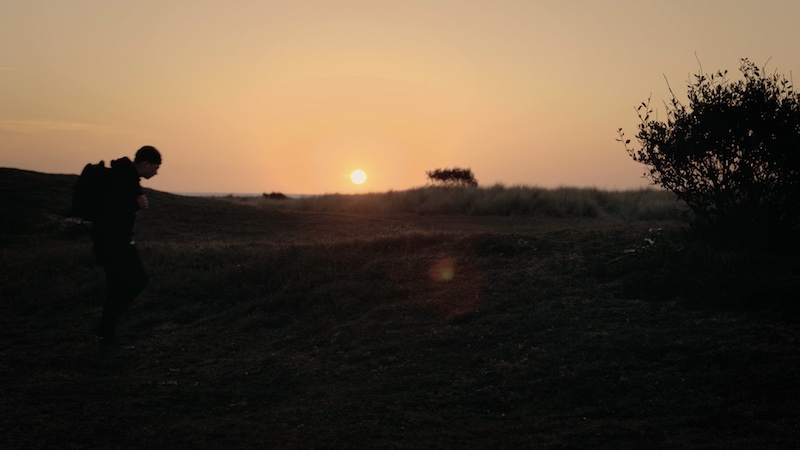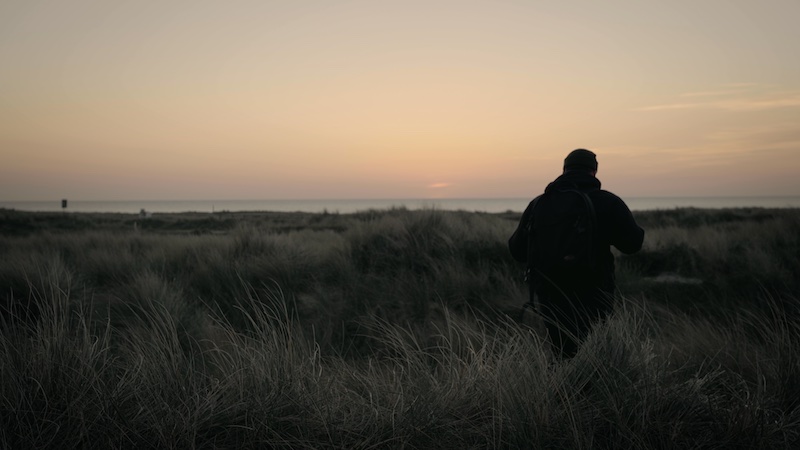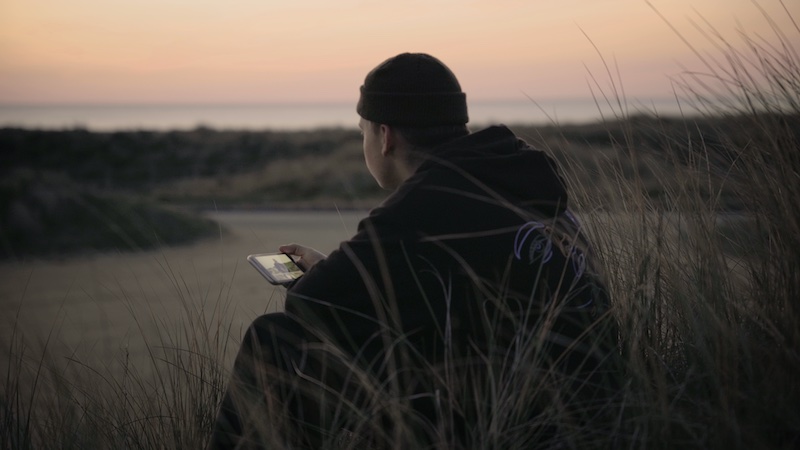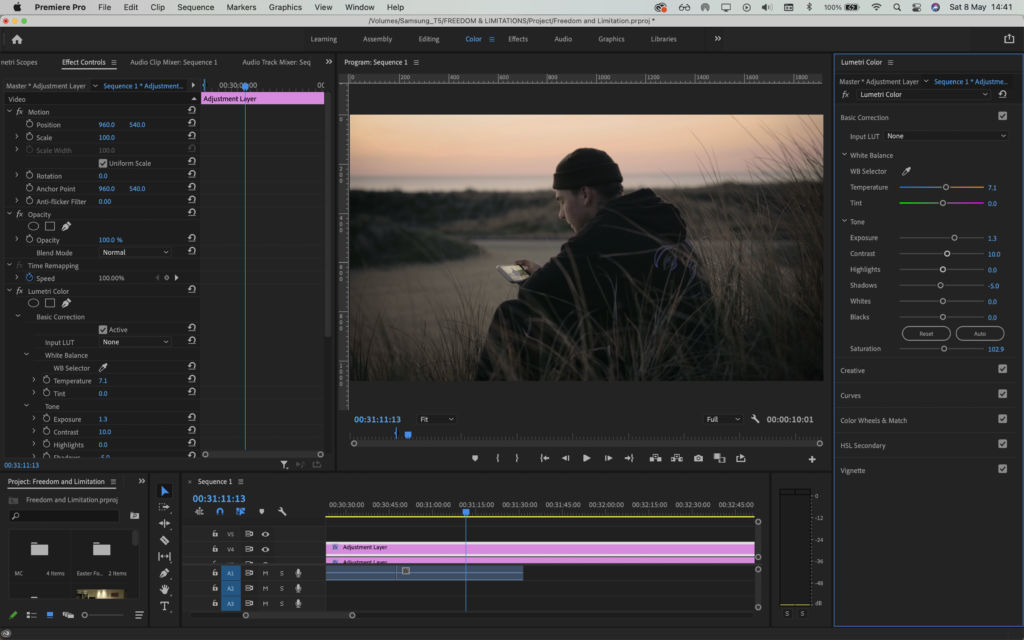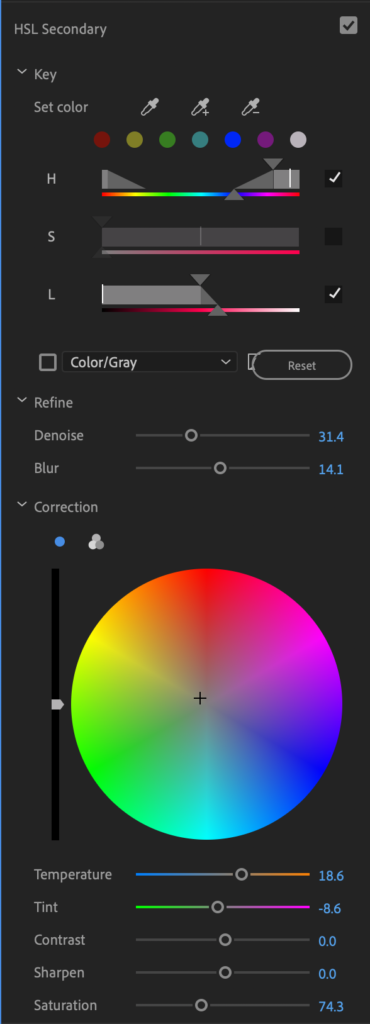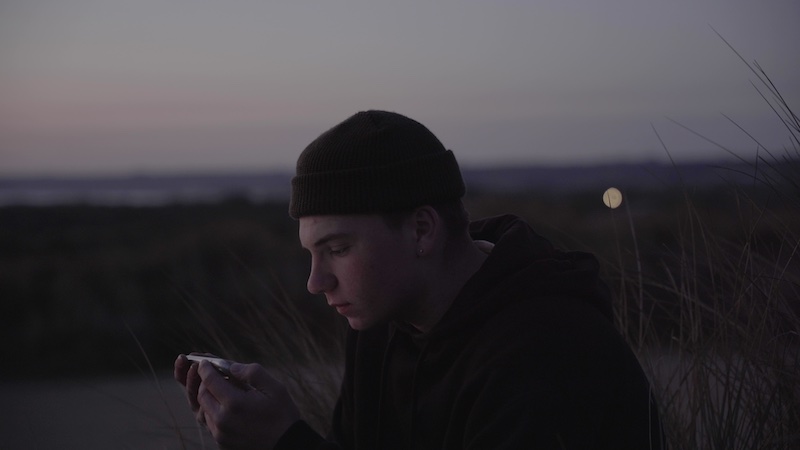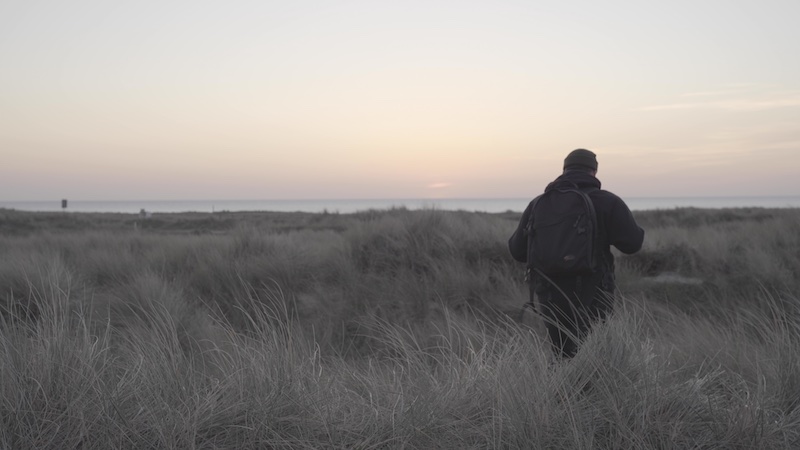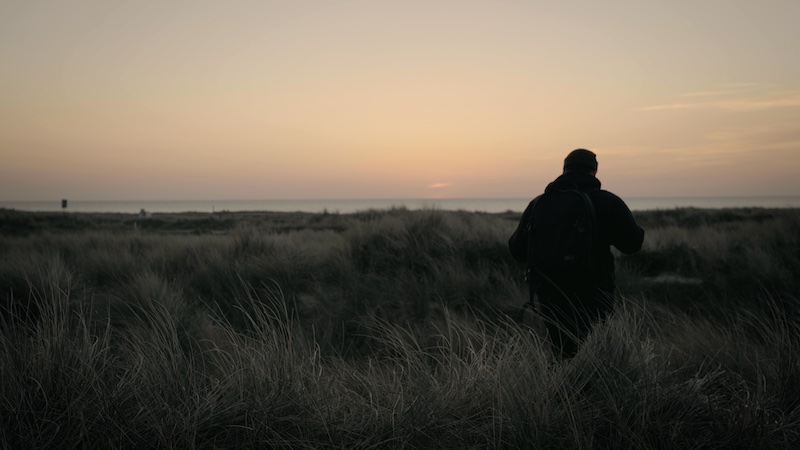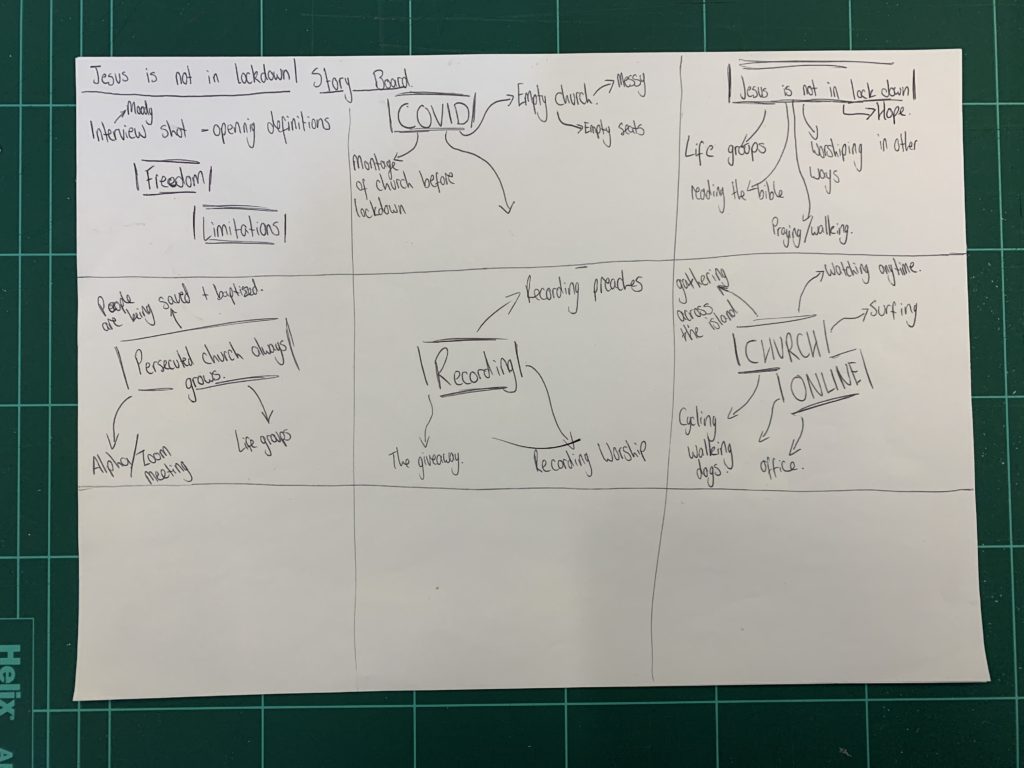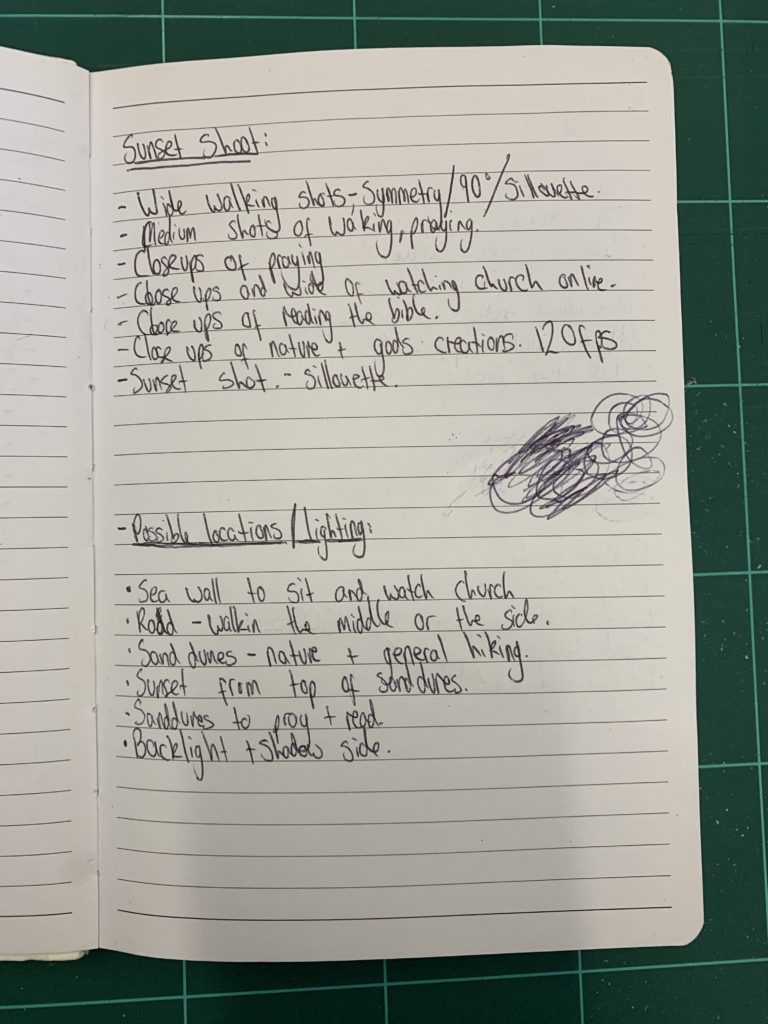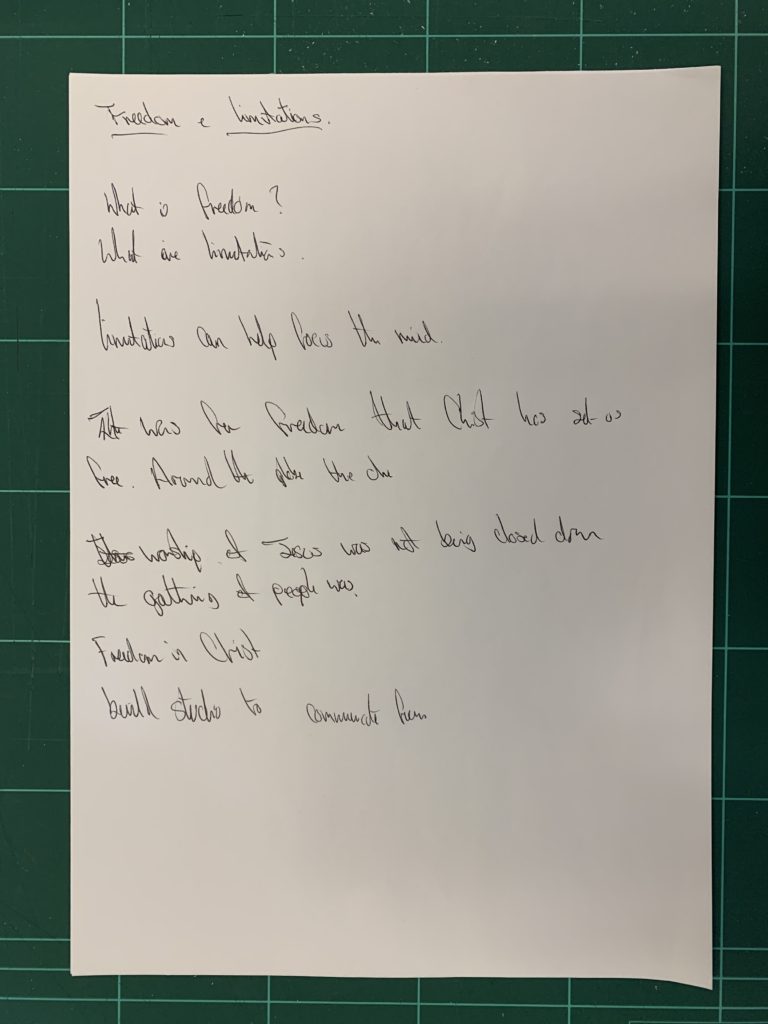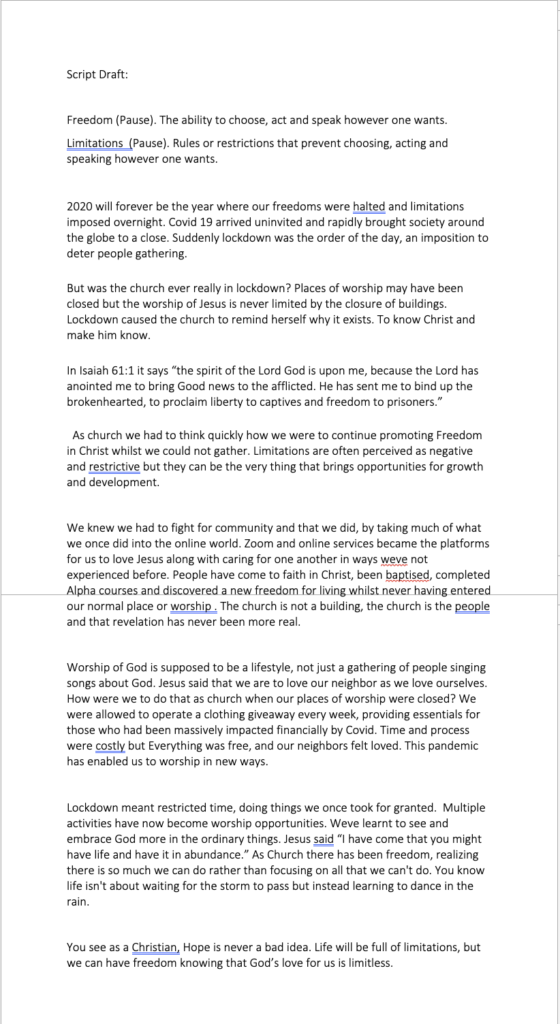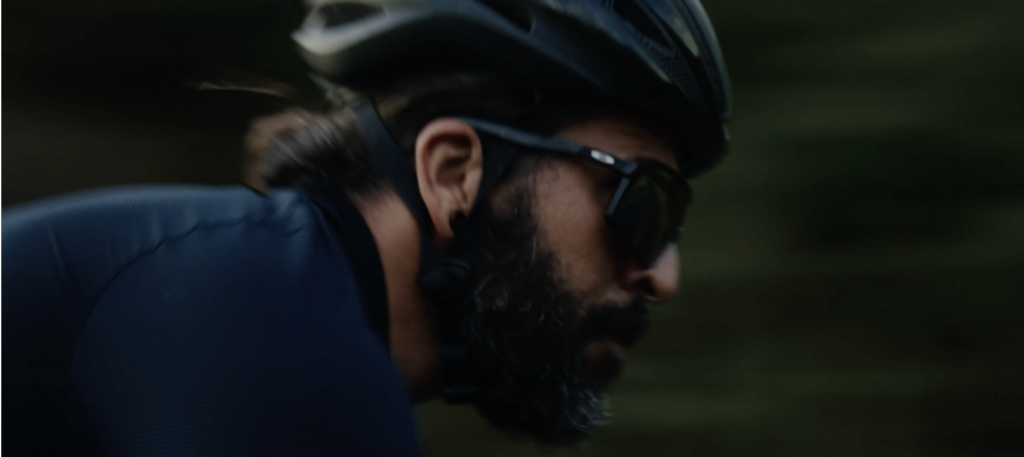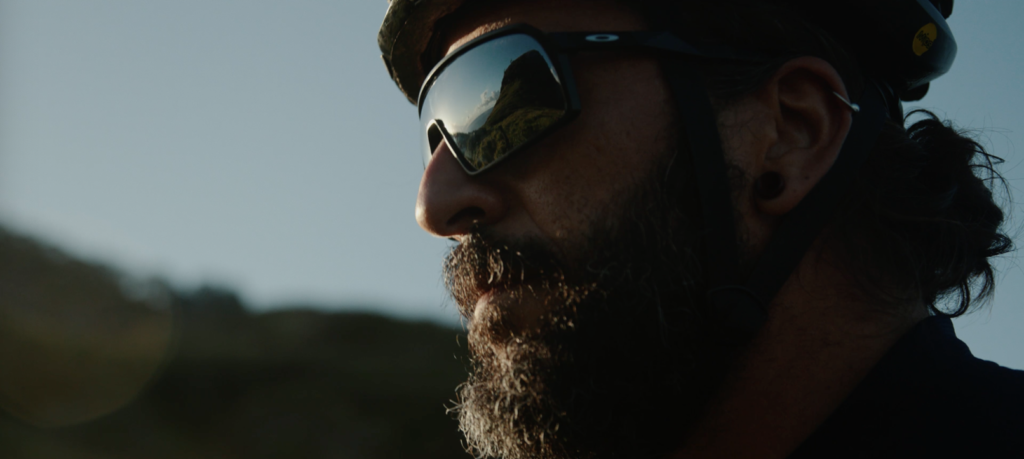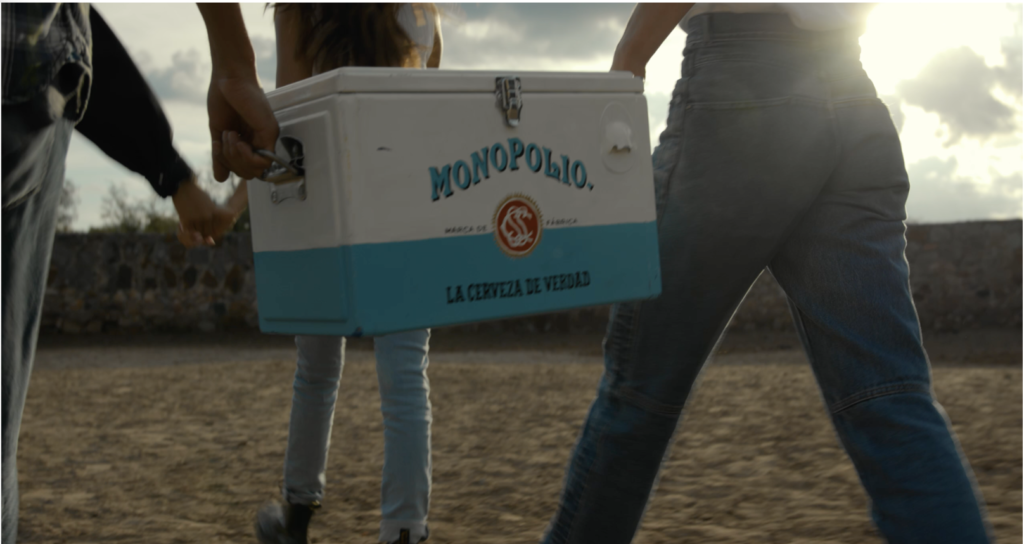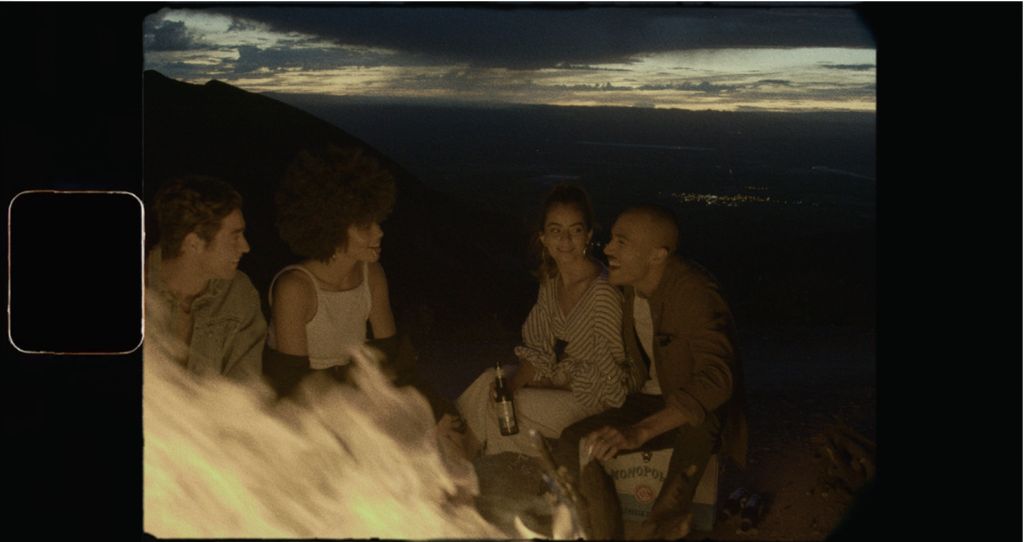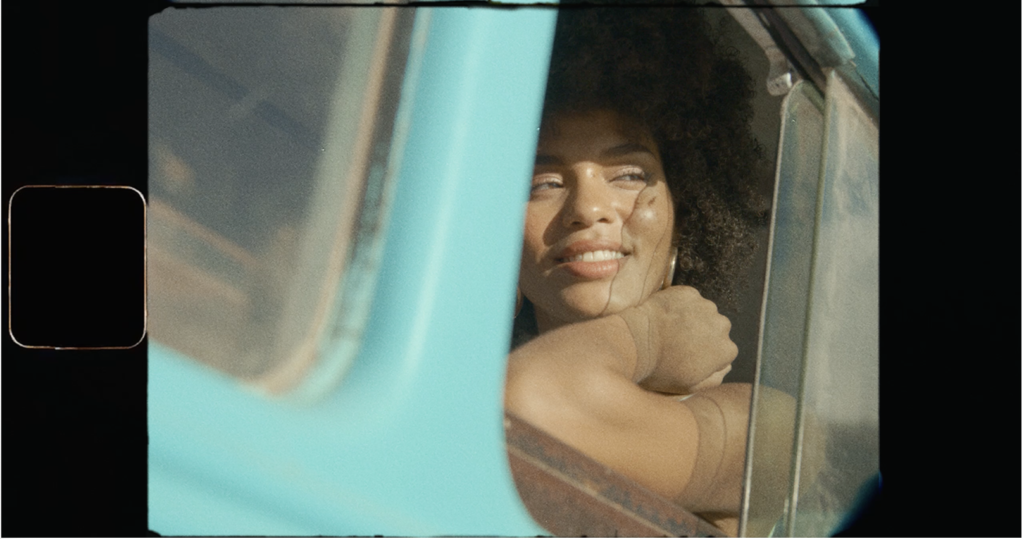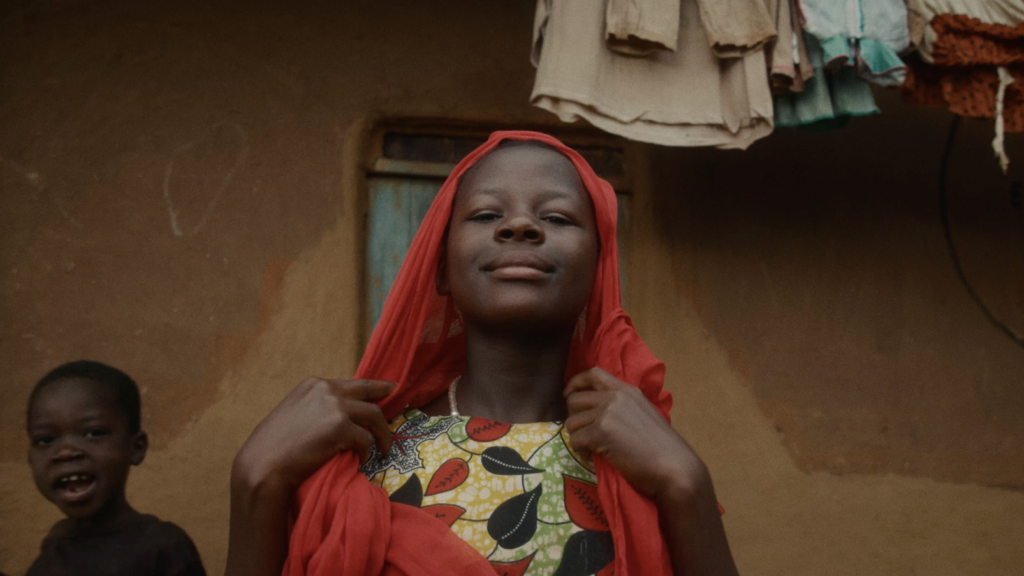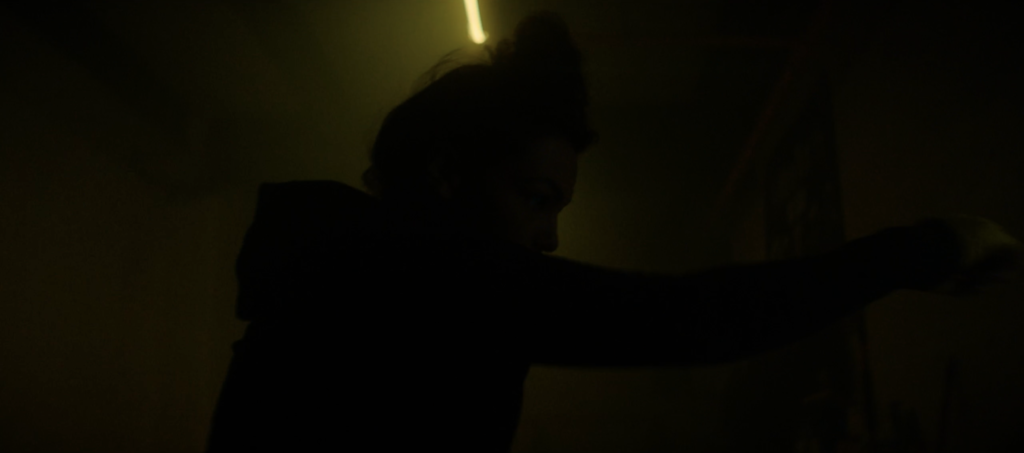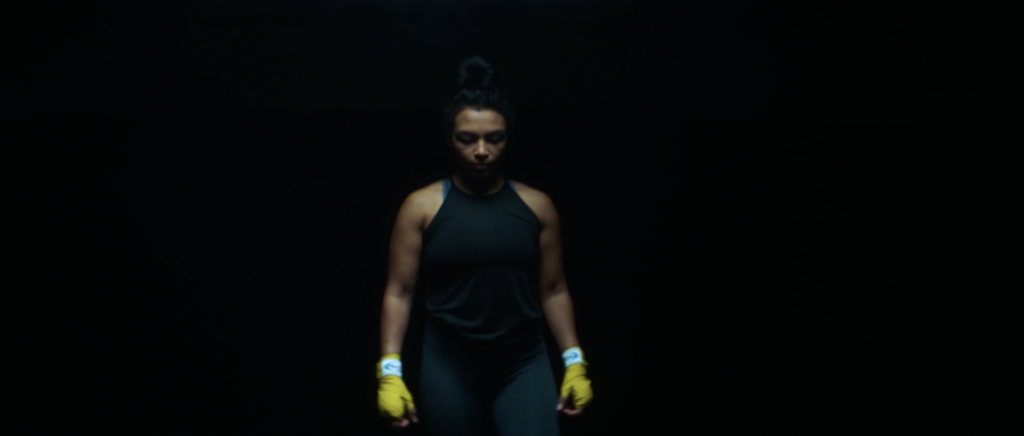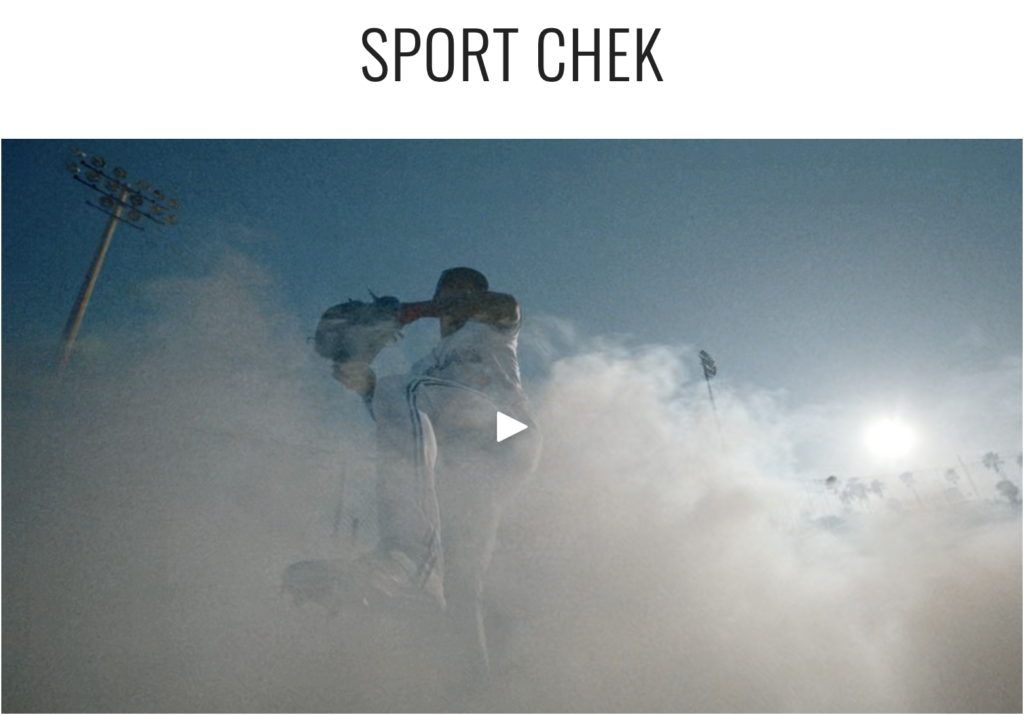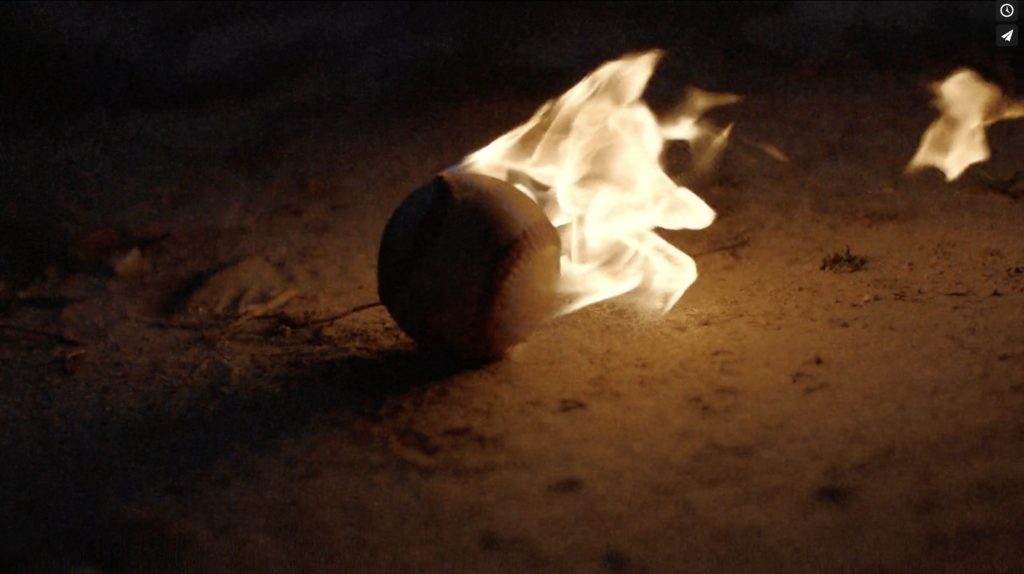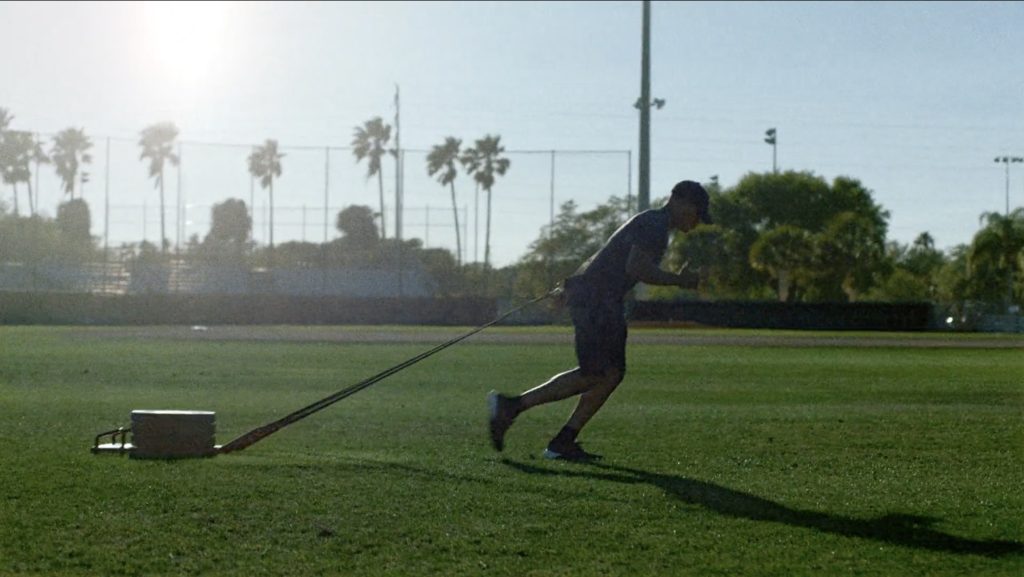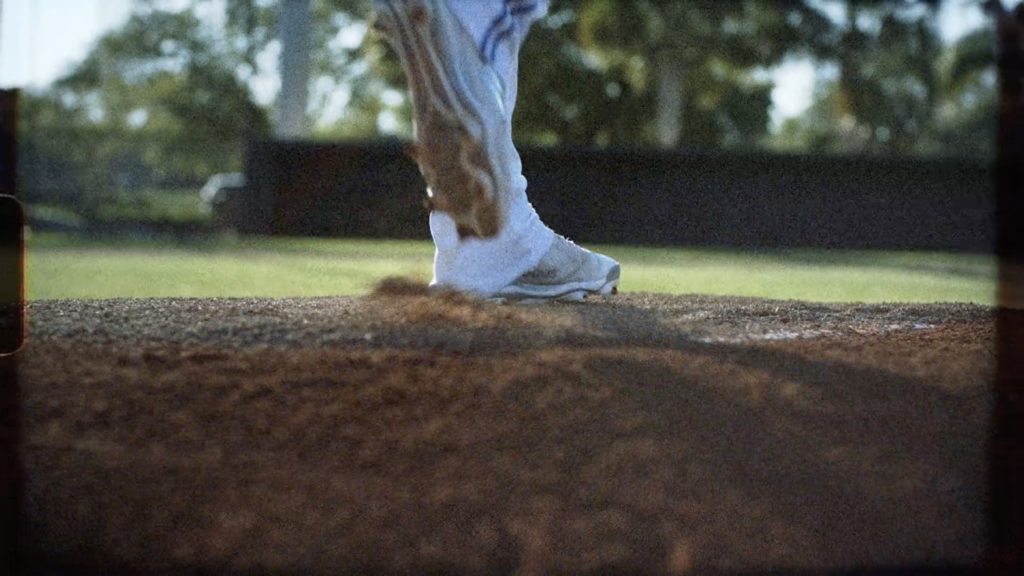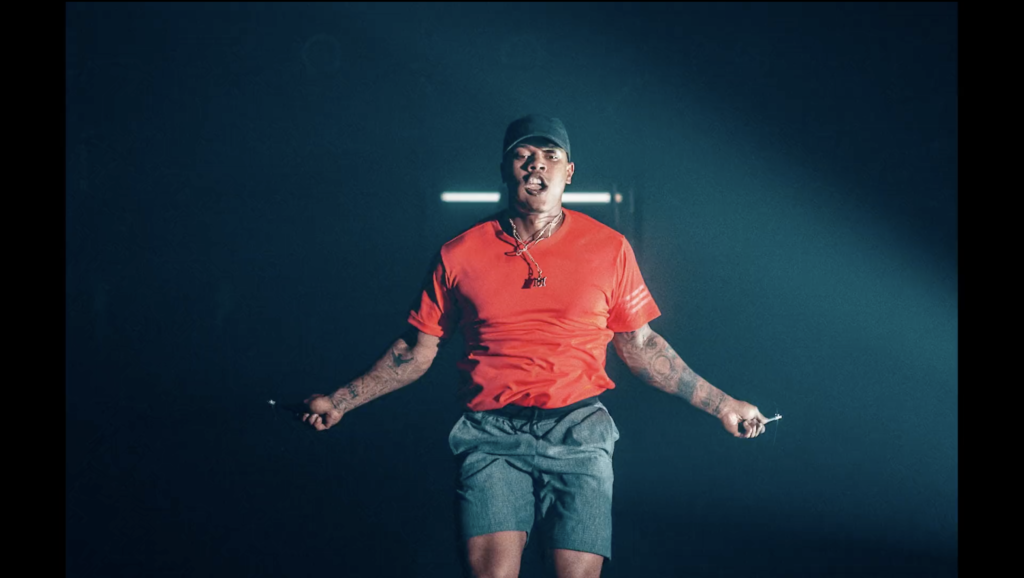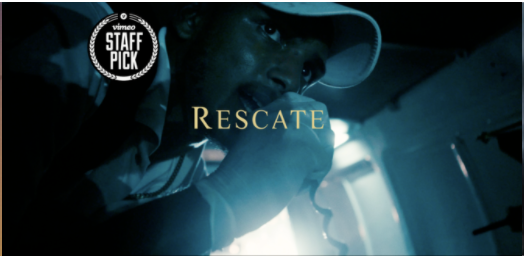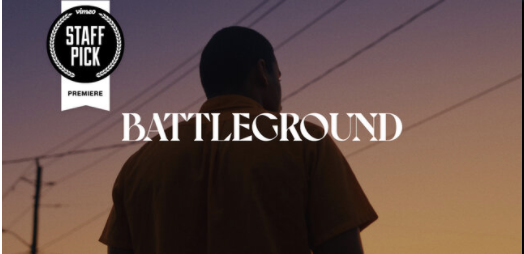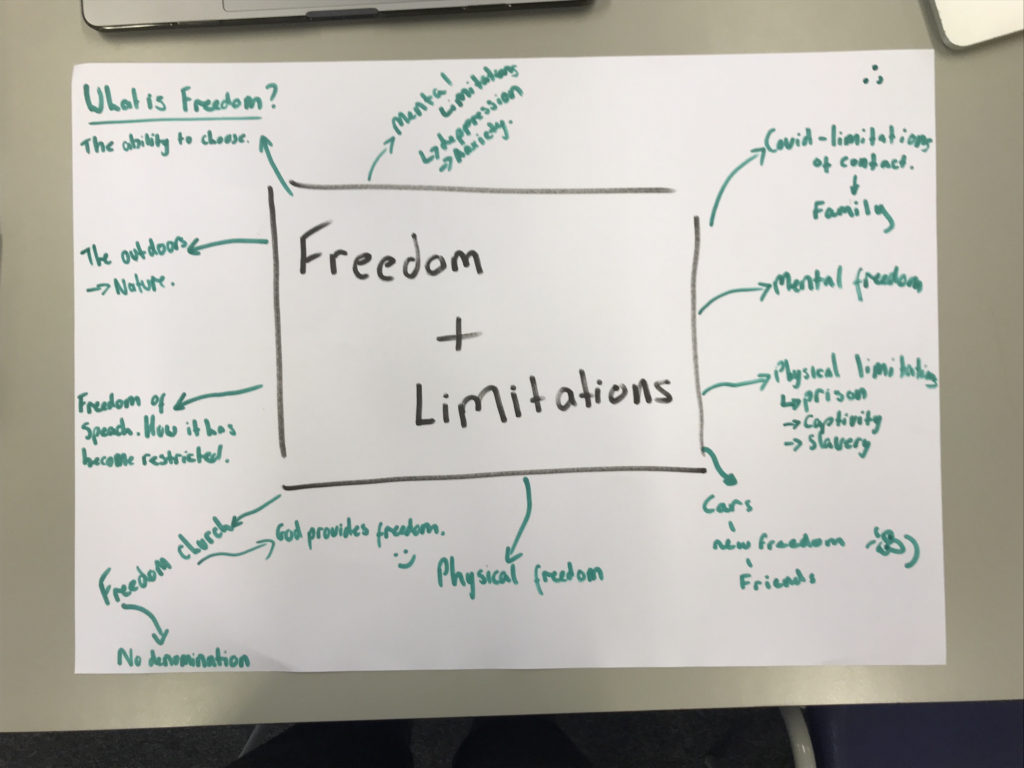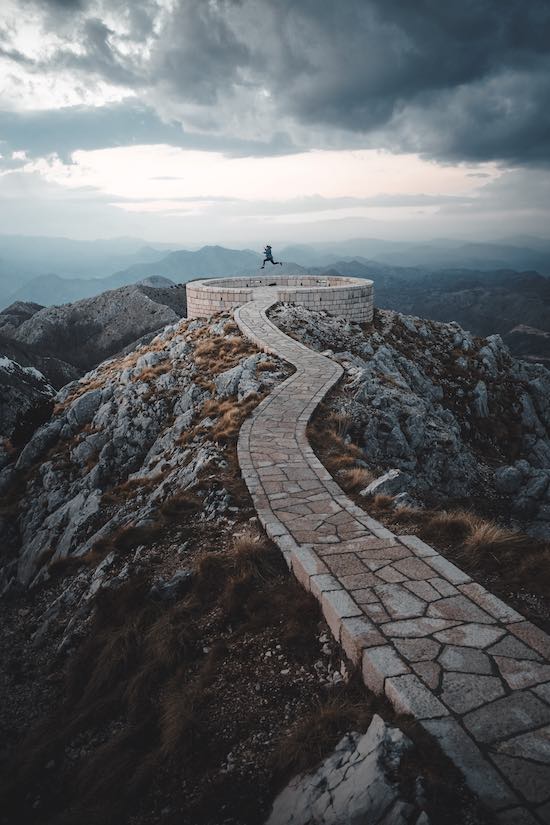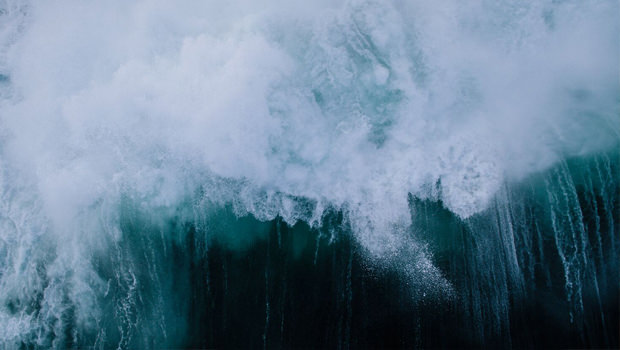Watch the film here on stream
Watch the film here on youtube
Reflection
Overall, I am pleased with the final outcome of my film. I think the film reacts appropriately to the exam brief and the theme ‘Freedom and Limitations’ as it explores the way Freedom Church and the Church as a whole handled the covid 19 pandemic and how the restrictions enforced as a result of the contagious virus did not stop them from worshiping and being free in the knowledge that God was not affected by lockdown. I feel that once edited together in a sequence that flows well, the clips I had filmed accurately represented and tell the story of freedom and Limitations in the church, I feel that the clips well compliment the voice over being heard on screen. The use of titles and visual words on screen help to effectively tell the story and keep the audience engaged as the film becomes more dynamic and varied in the media used to convey the important message. From my original statement of intent, the main message of ”The building may be in lockdown but the church is not’ was still conveyed and that was the goal. However I decided to hone in on a more specific area and not just church in general, the idea of Church online being able to reach a wide audience, how God is not affected by covid and seeking Jesus in the everyday opportunities is what I ended up focusing on.
Things to consider for next time: use a wider variety of actors e.g. better balance or male to female, and ethnicities. I like the way I used quite a young cast with the intent of being more relevant to the younger generation, however the majority of the film include males which doesn’t show much diversity.
Link to artist’s work and exam theme
In reference to the artists/filmmakers who I have studied. I think I have successfully produced a film using cinematography and directing techniques commonly used by cinematographers and directors Mark Bone and Danny Gevirtz. I filmed all the shots myself and chose a handheld approach when possible as both Mark and Danny often choose handheld over stabled shots. I used a large mixture of both 25fps and 100fps and used them for a desired effect and to create meaning, I chose different frame rates to show difference in pace which makes the film more engaging. In this film I also put a large emphasis on lighting and during each shoot tried to make my lighting the best it could be as both Mark and Danny have very ‘cinematic films’ because their scenes are alway lit well. Both of the filmmakers I researched like to backlight their subjects which is why I used the same technique in many of the different scenes in my film.
My film ‘Jesus is greater than / > Lockdown’ shares many aspects relating to the exam theme ‘Freedom and limitations’. My film explores the limitations the church faced because of Covid 19 but in light of that recognising the freedom Christians have because of the faith and knowledge they have, knowing God’s love for them and that nothing can get in the way his love, not even the corona virus. I also wanted to show freedom and limitations my filming a lot outside. The three activities shown in the, surfing, cycling and walking through the sanddunes are all outdoor activies which we were freely aloud to do in Covid. I wanted to also show that we can have joy and be free in the natural free things god has given us like nature. The use of predominantly young people in the film makes my 6.5 minute piece more relatable and the idea of young christians going about normal activities while still worshiping Jesus helps to show that christians are not completely different and weird people but are like most others but instead have freedom in Jesus.
Analysis of best scenes/images
Looking at both my work and the work of my researched filmmakers, Danny’s especially I feel the vibe and mood of the images are quite similar. I have aired more on the side of making my scenes feel slightly warmer like his and there is a lot of handheld shaky footage which makes it feel more authentic.
In terms of the overall film and way I have put my story together. I feel that I have created a powerful film which is inspiring and engaging however, there are somethings I could have done better to make the film better. Both Mark and Danny use multiple different songs for different moods or sections of the film. They spend more time cutting and sequencing effectively to match the music whereas I have only cut to one piece of music.

